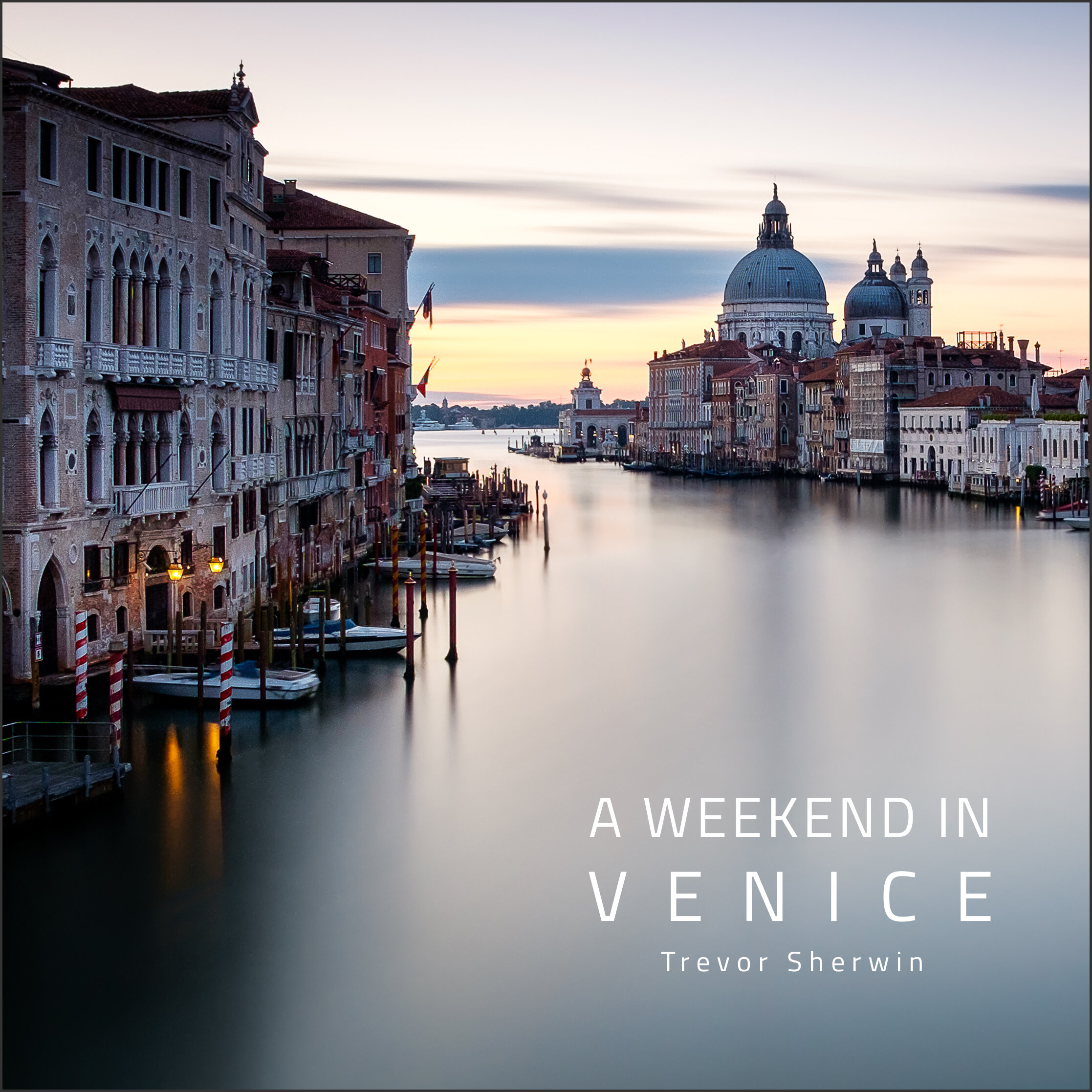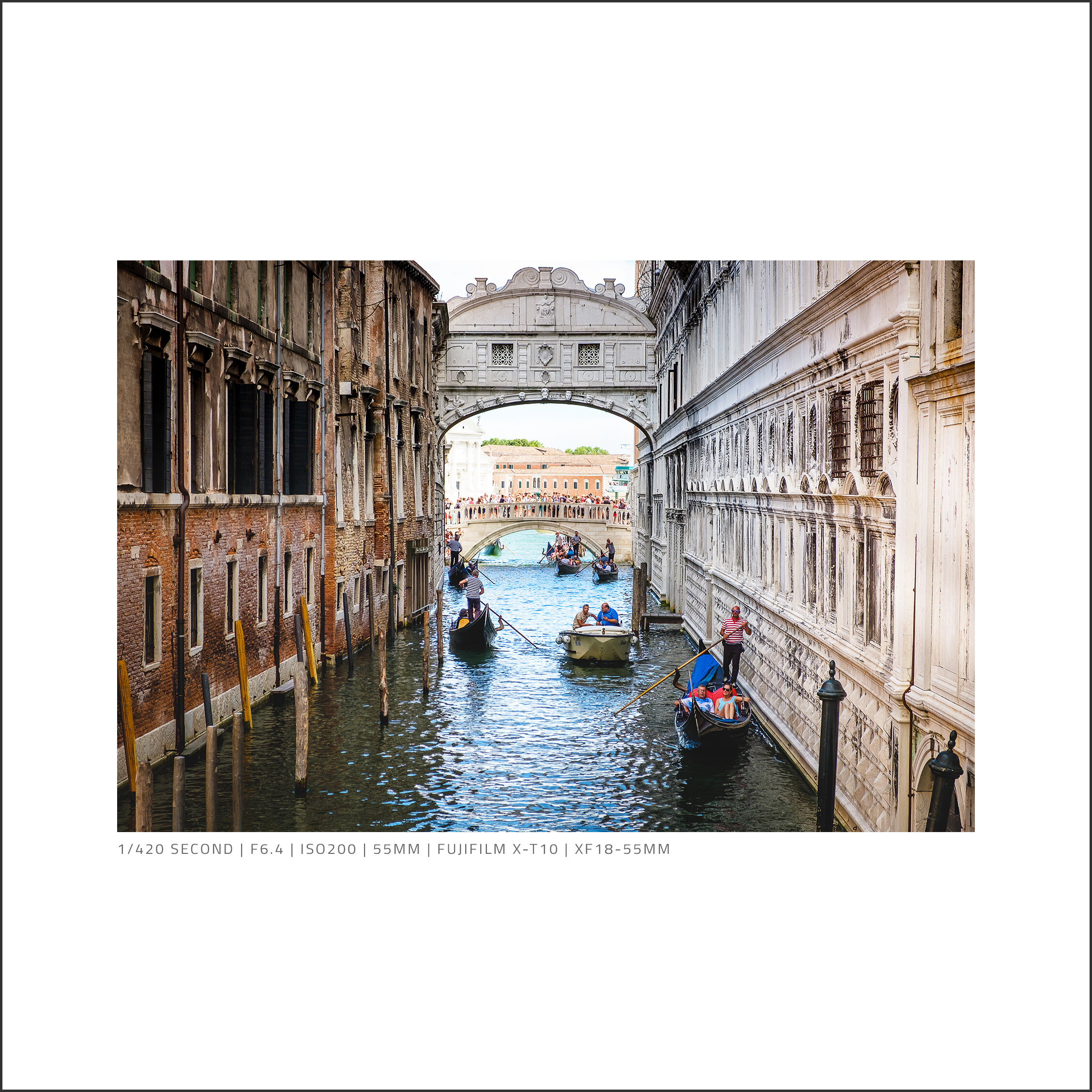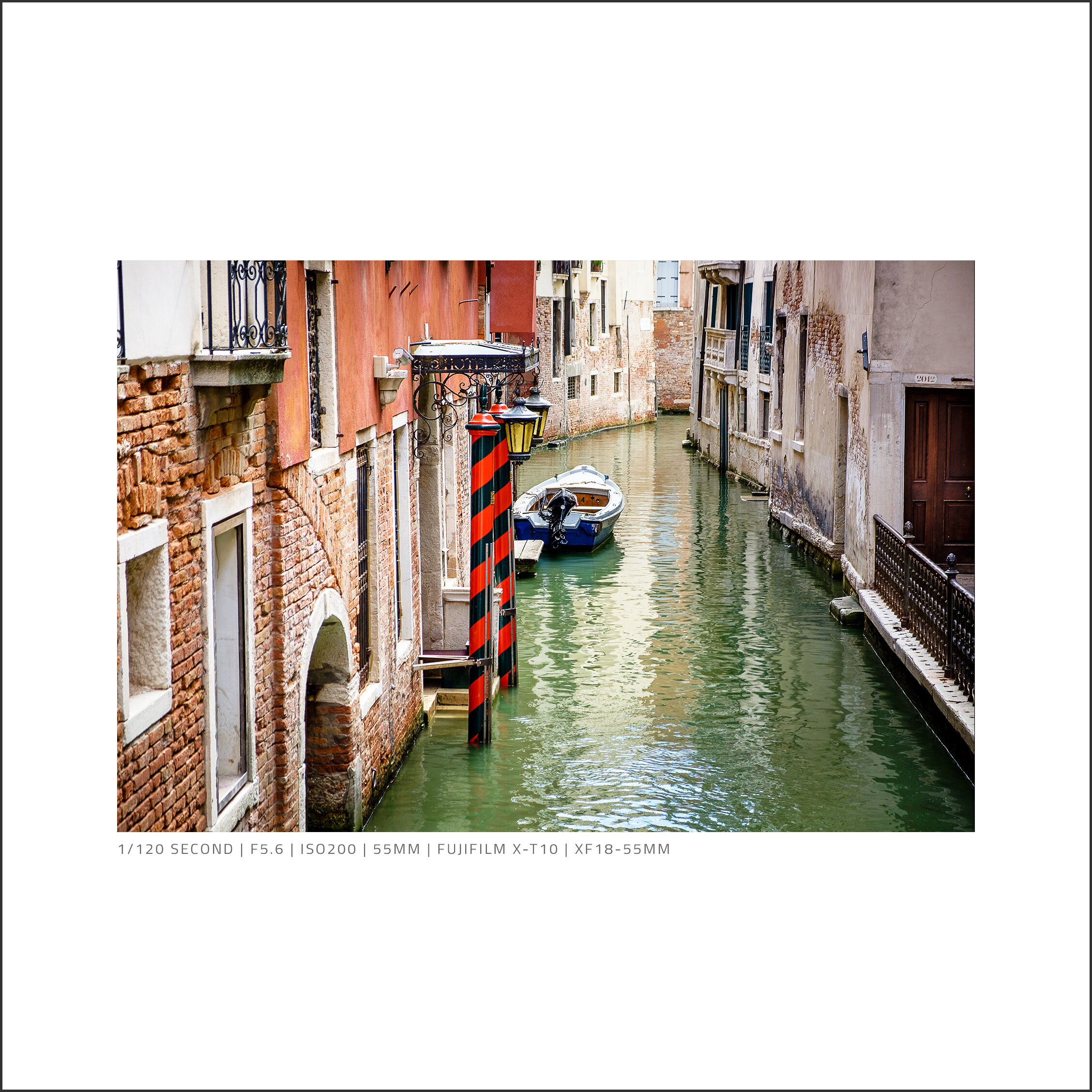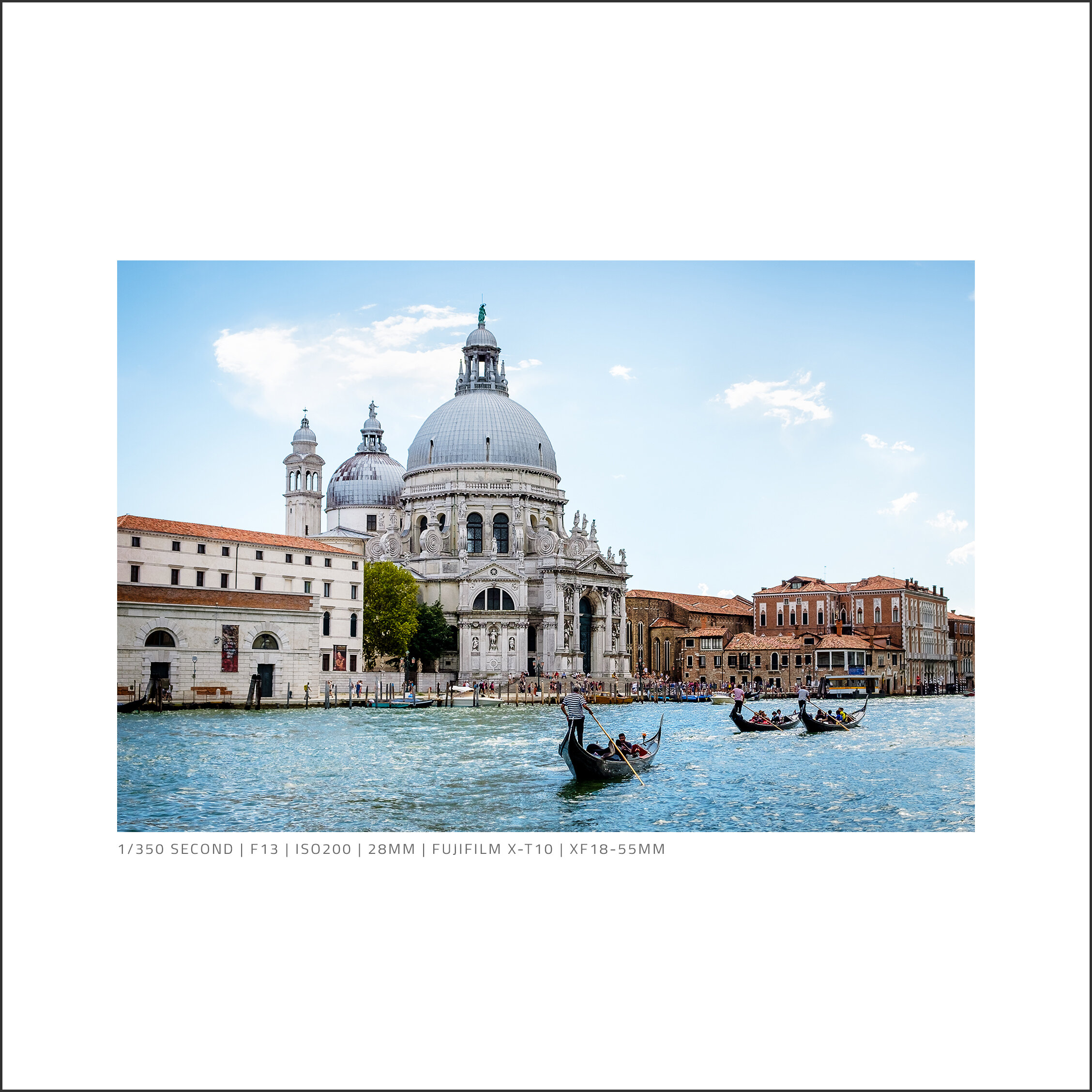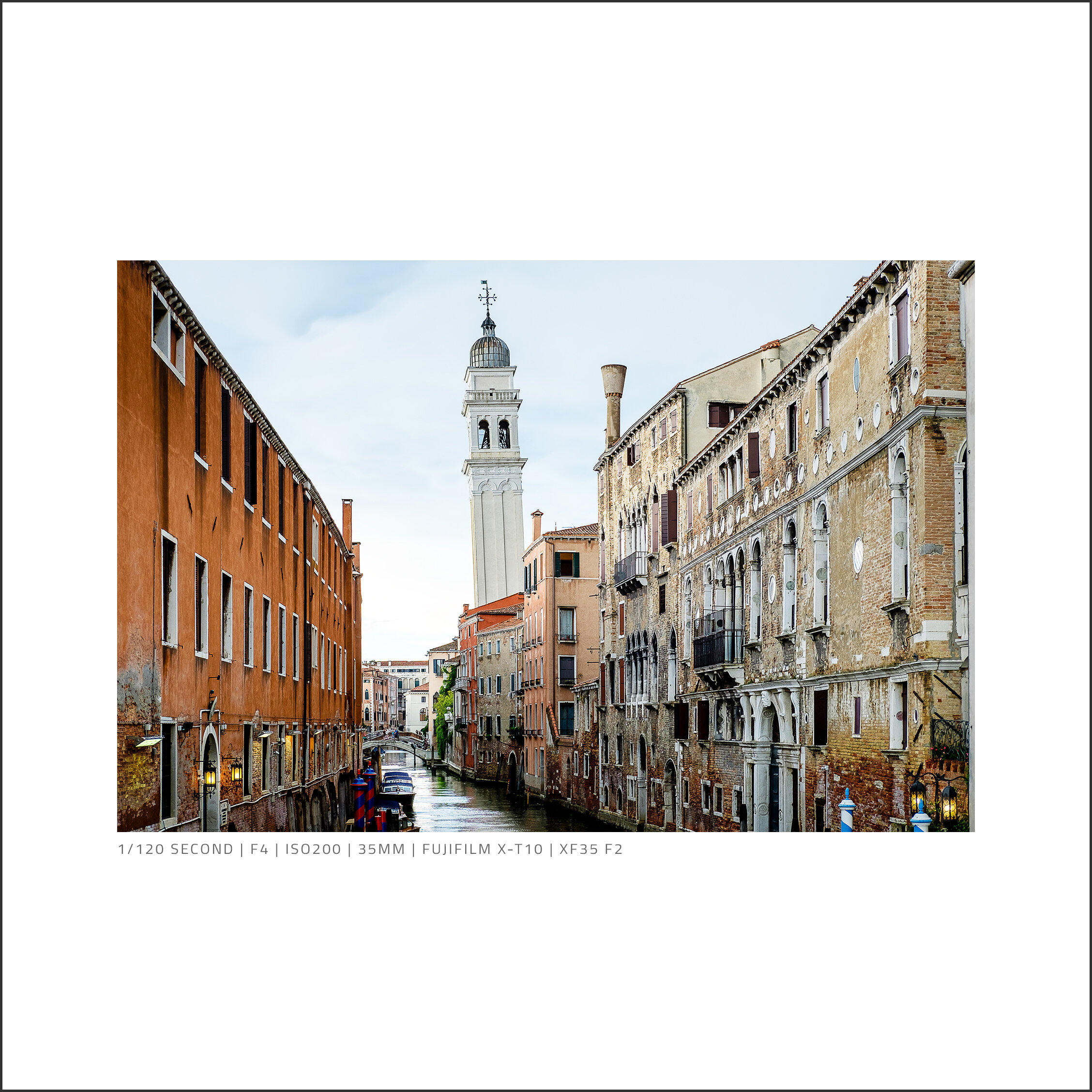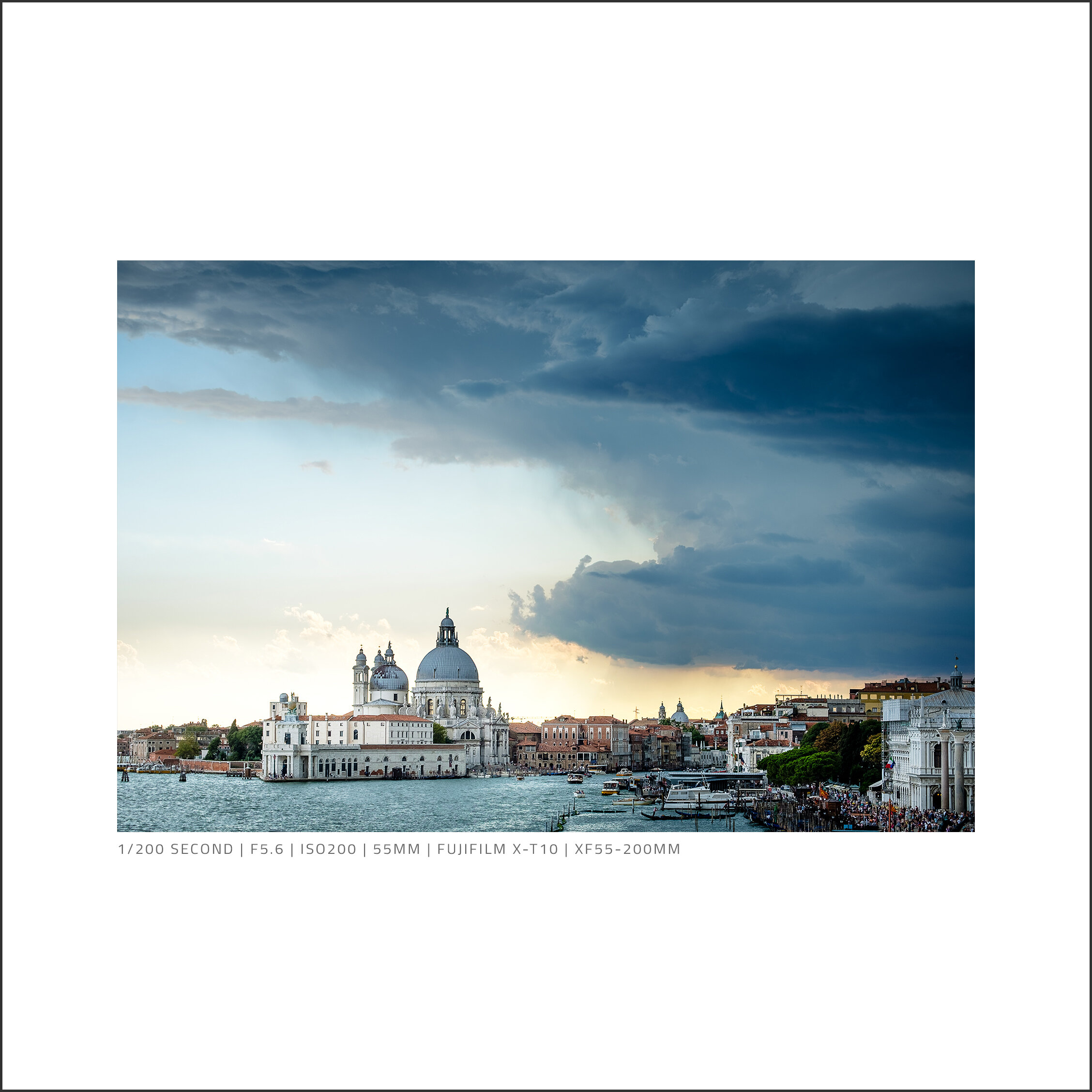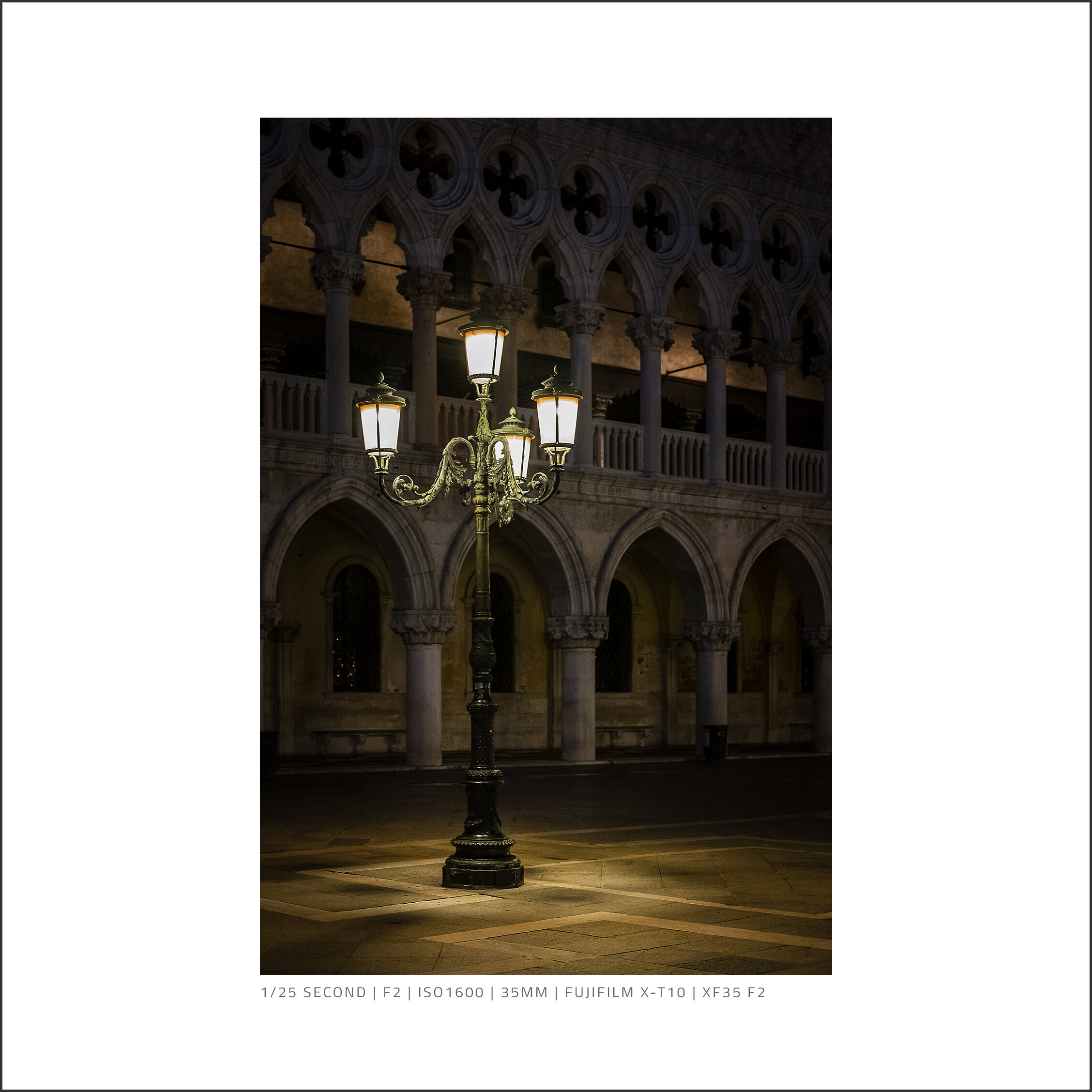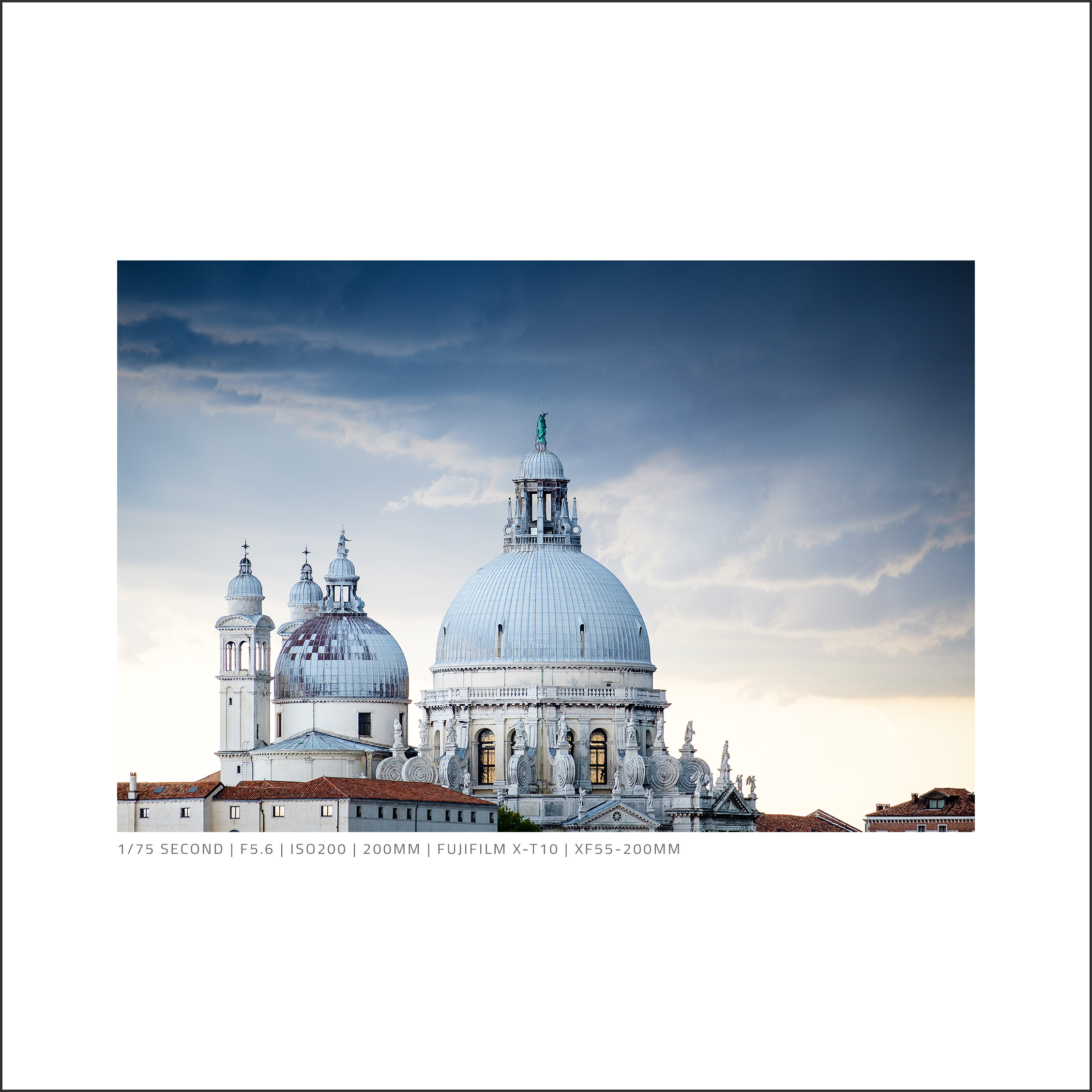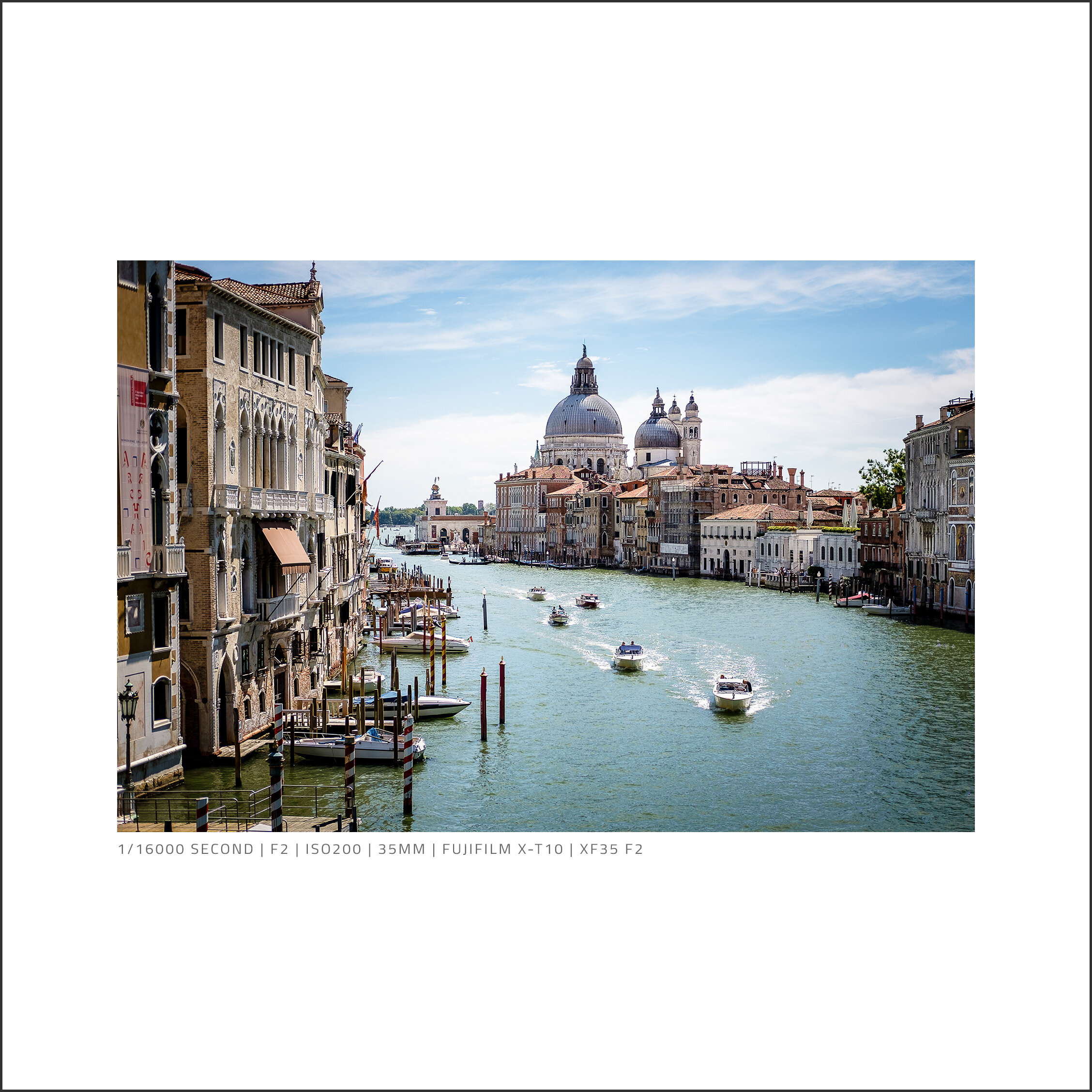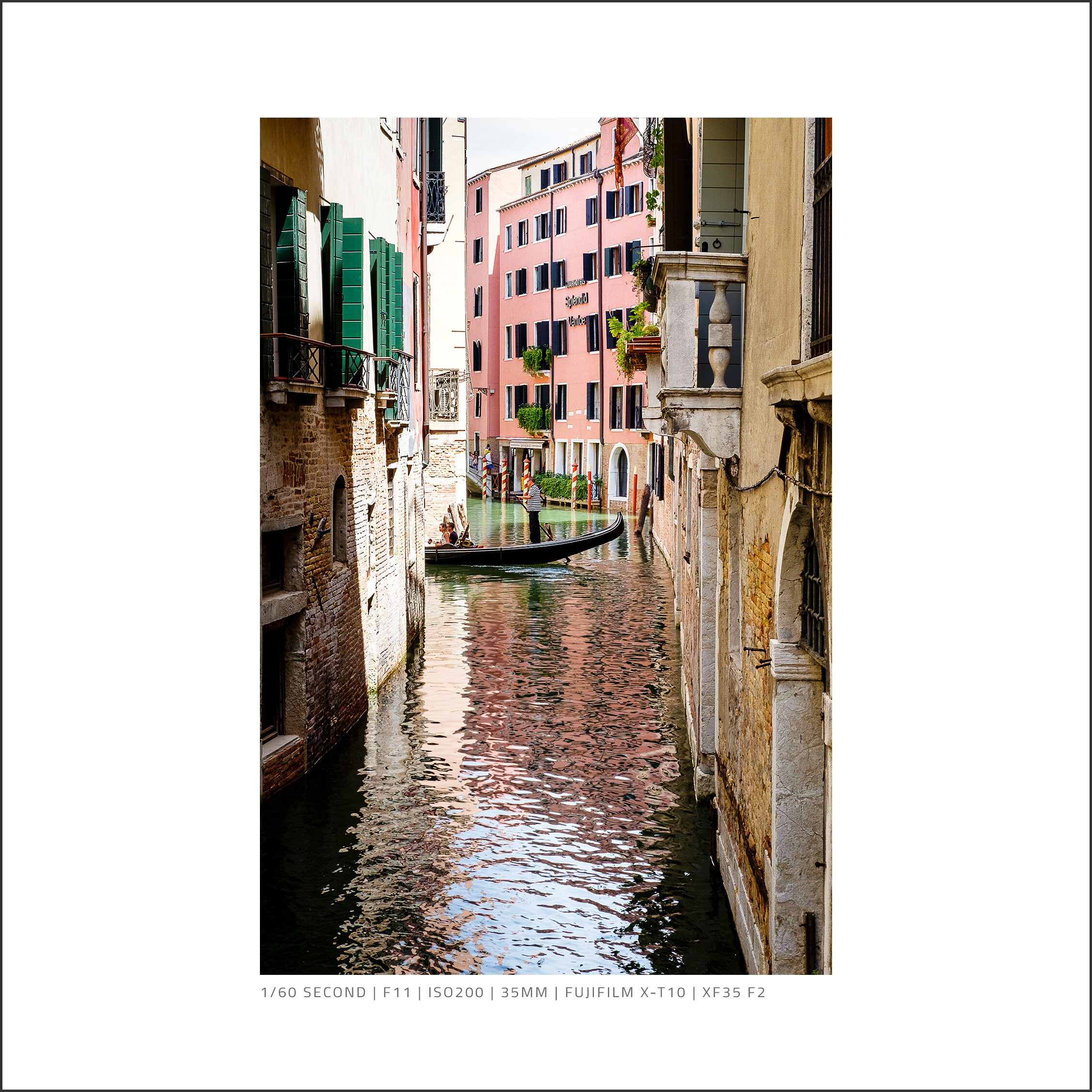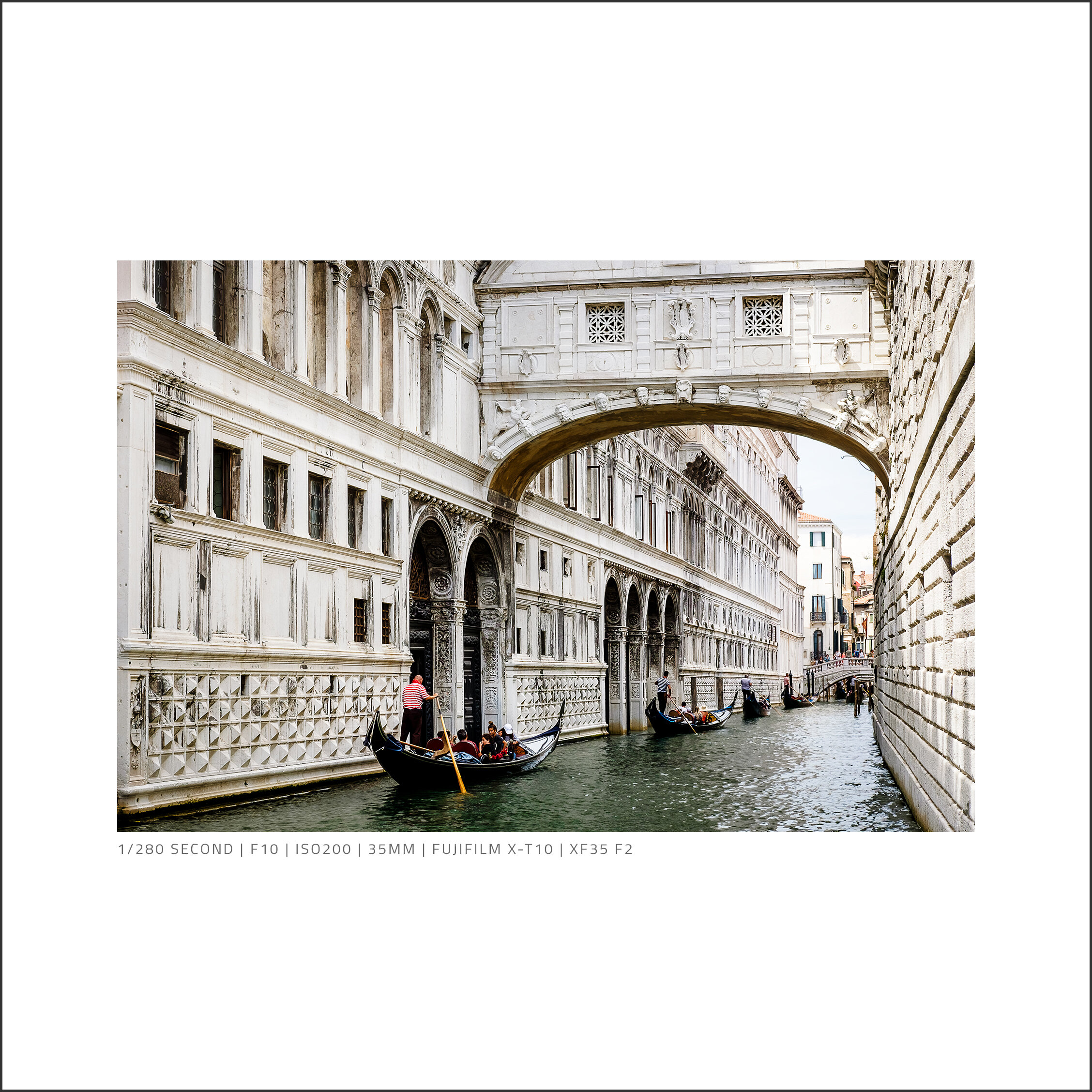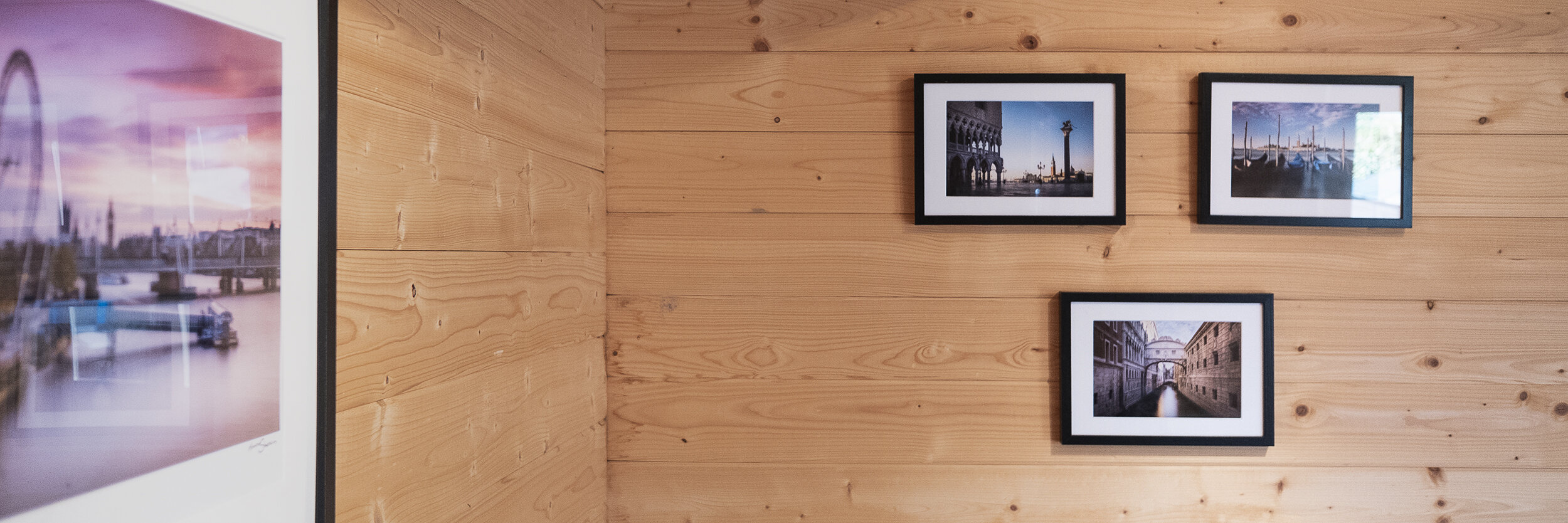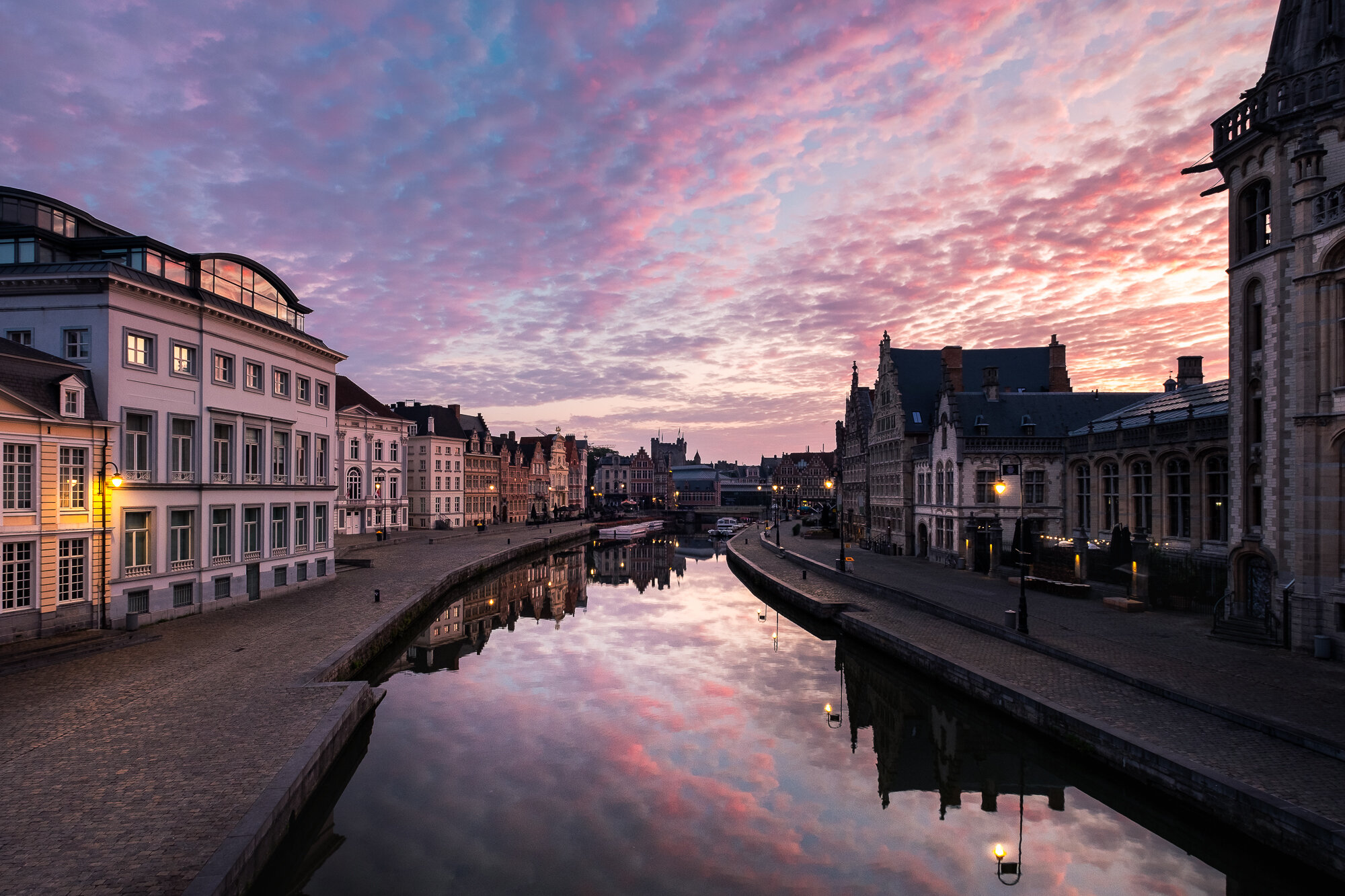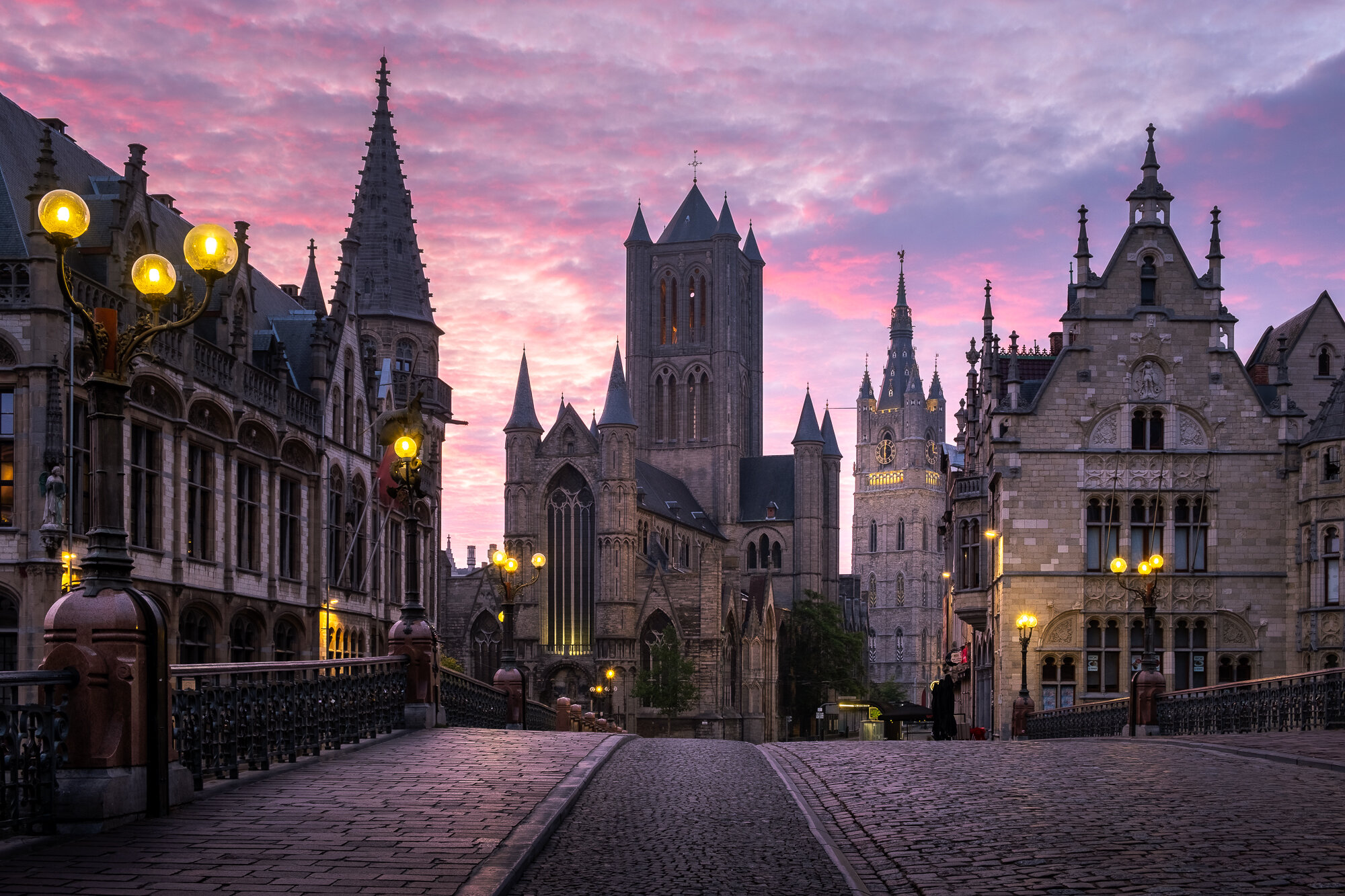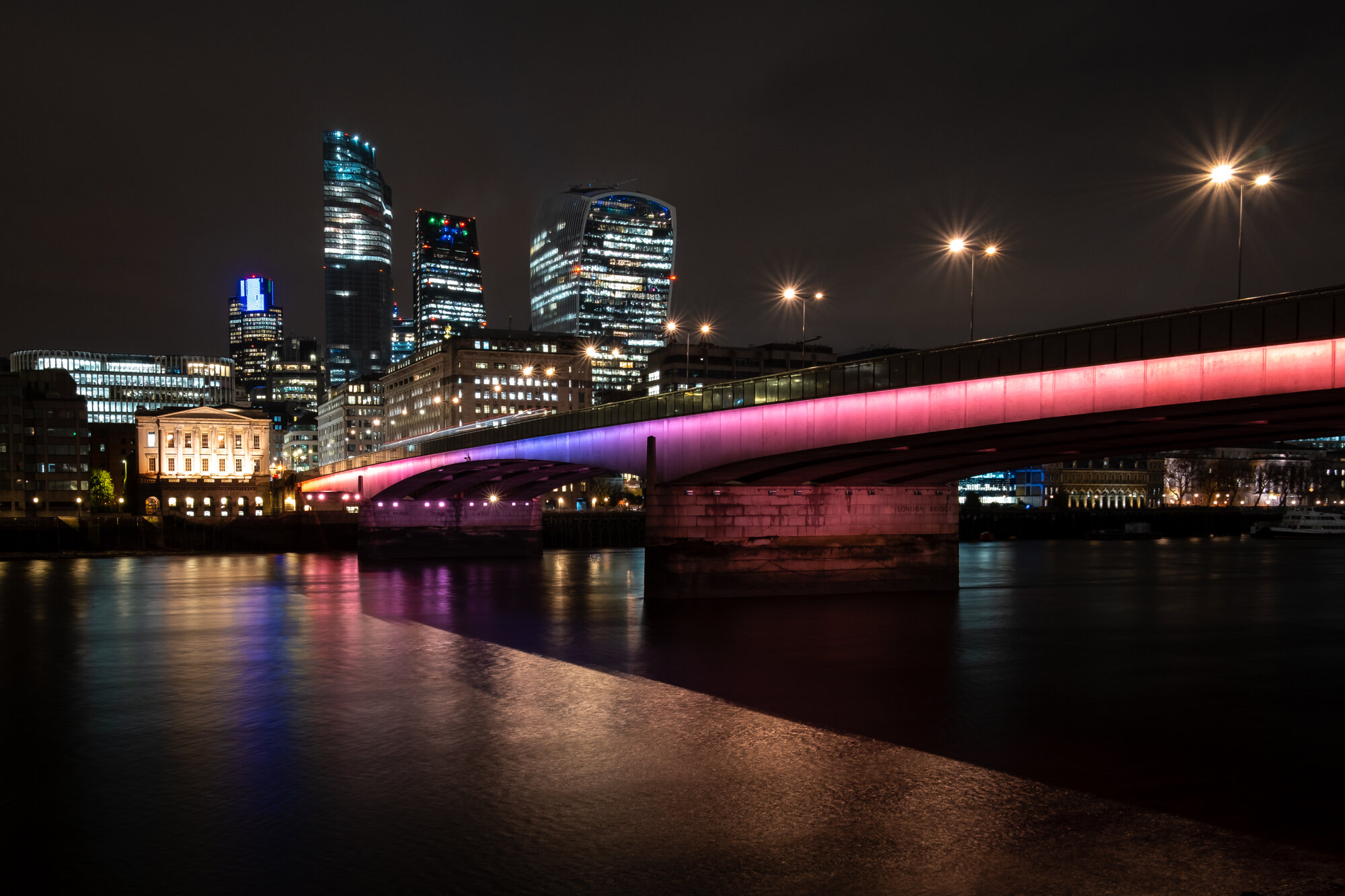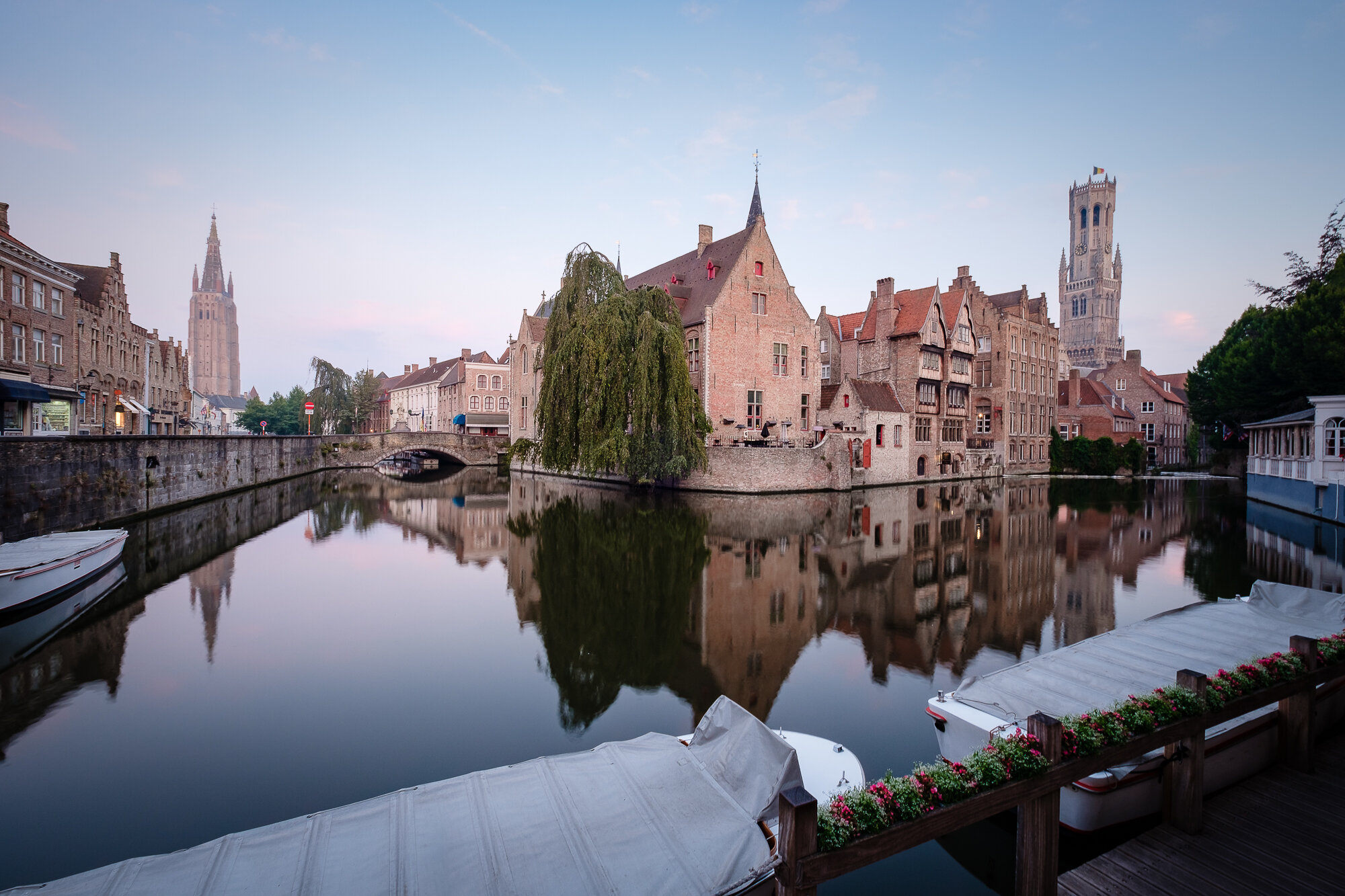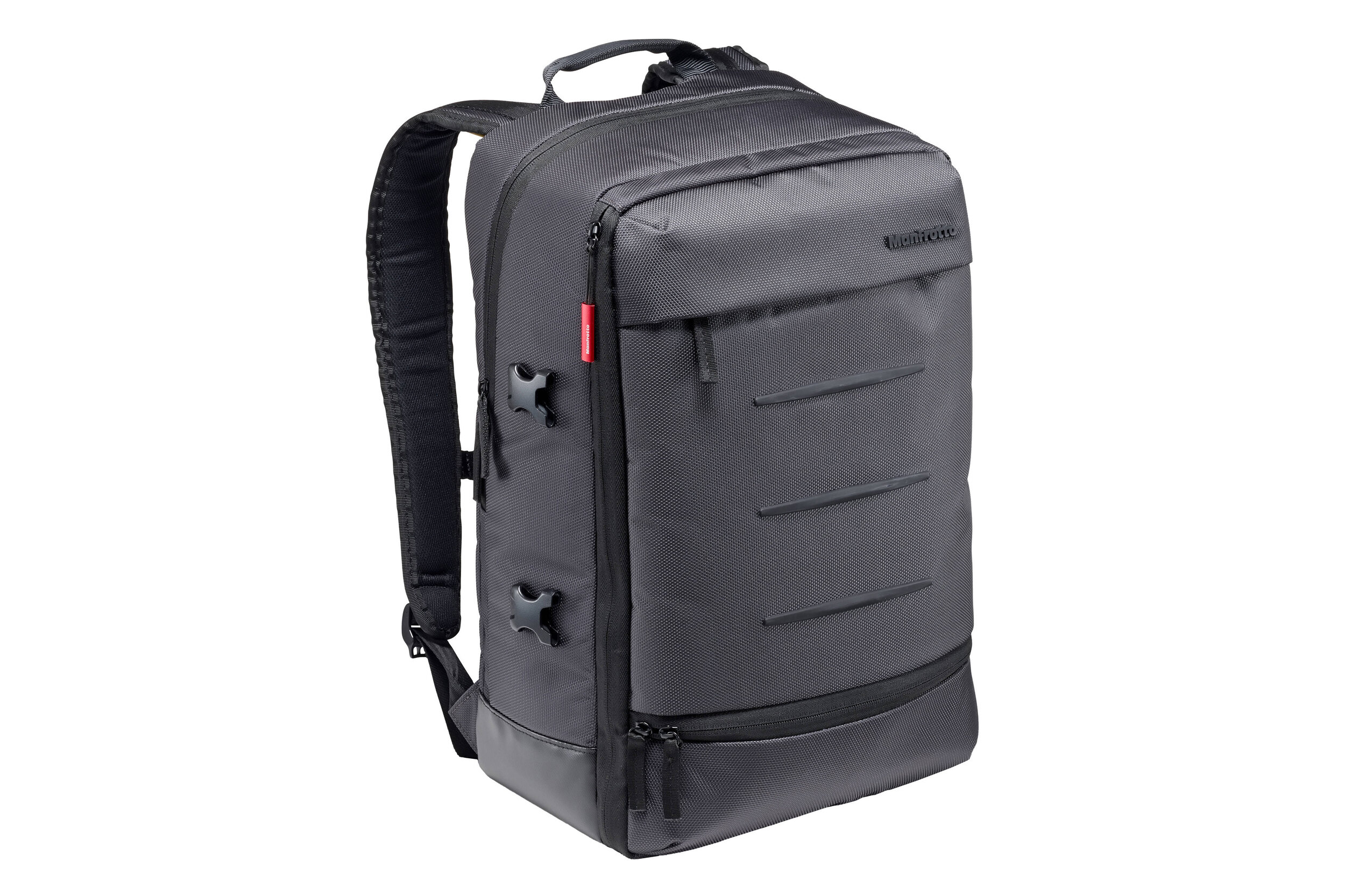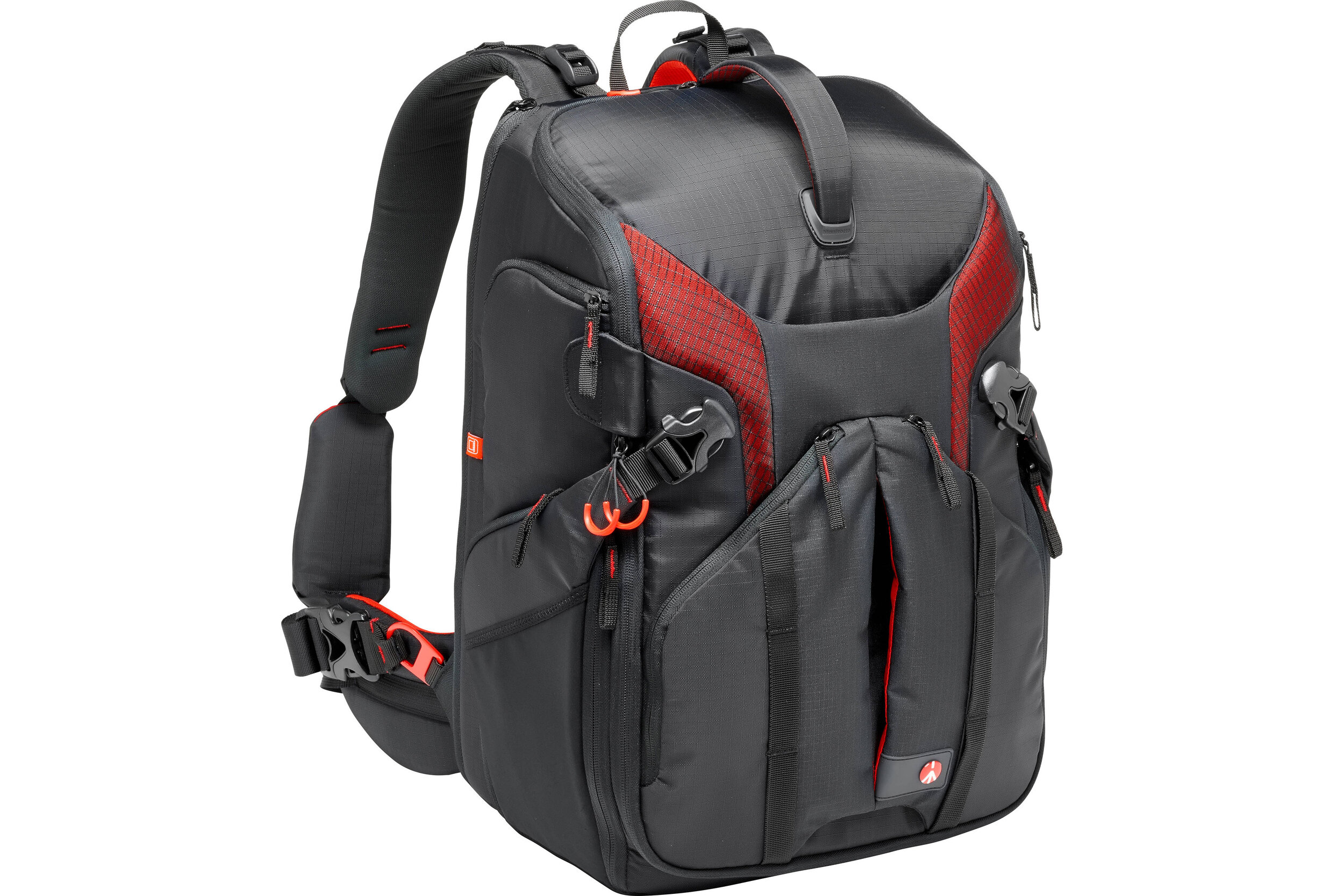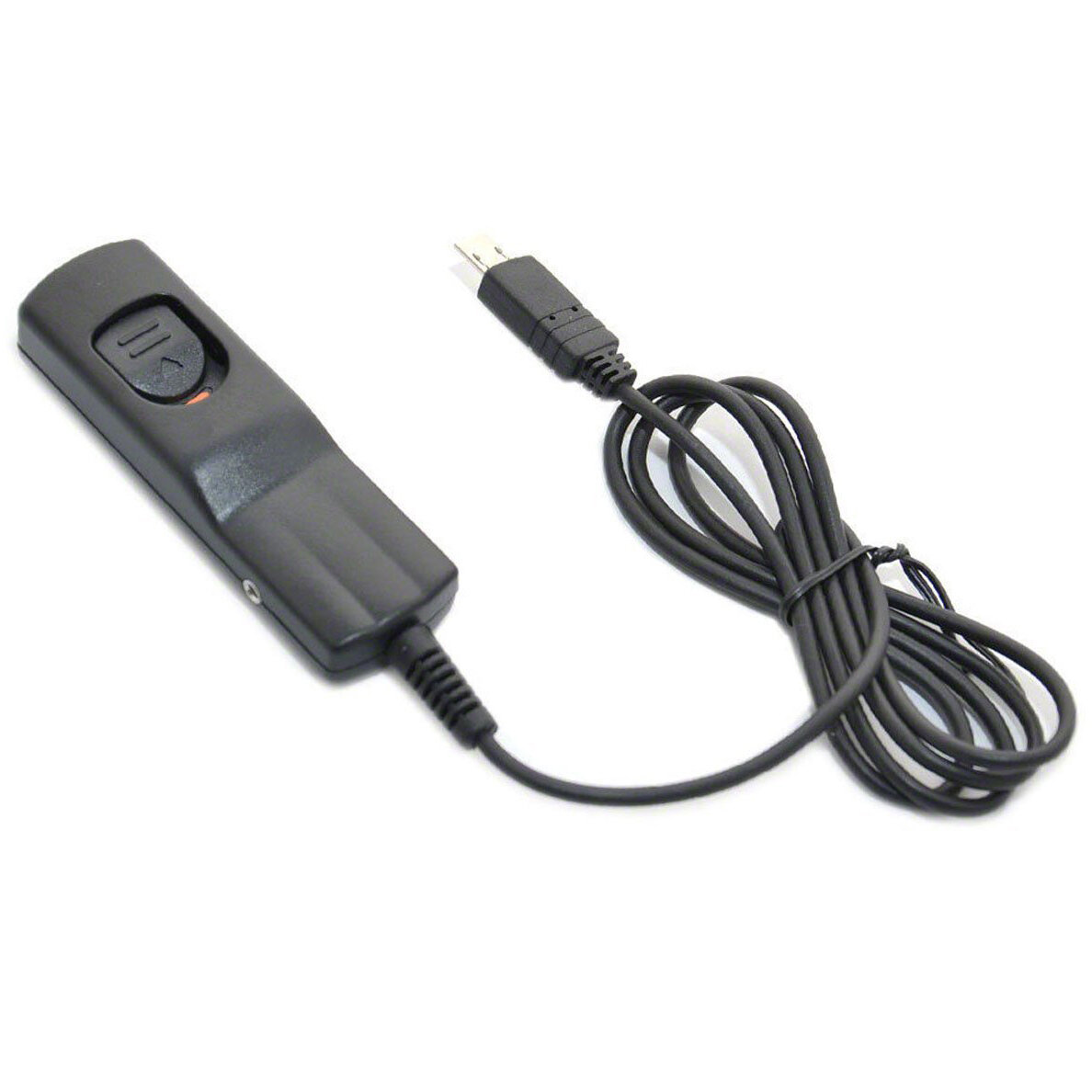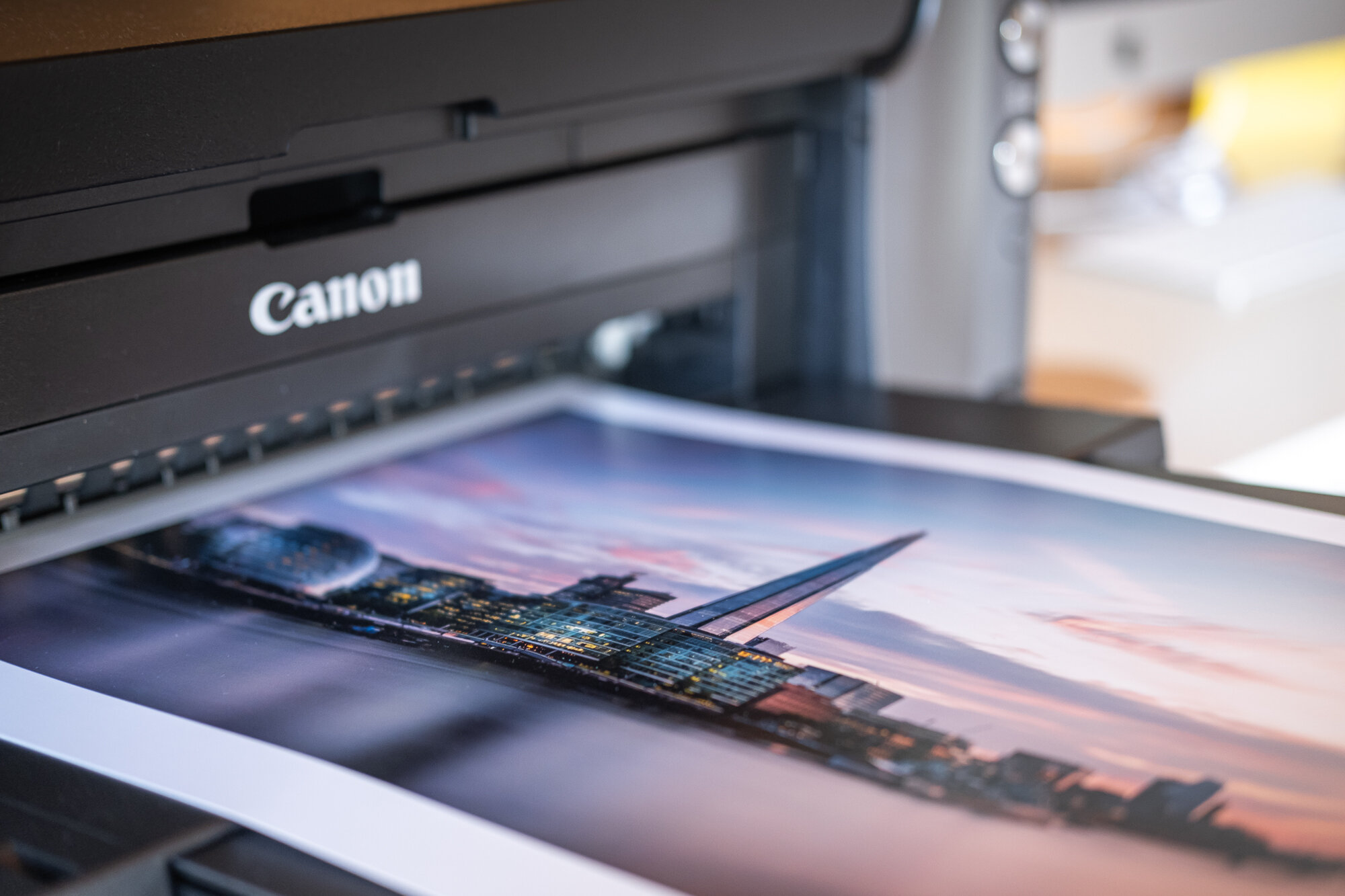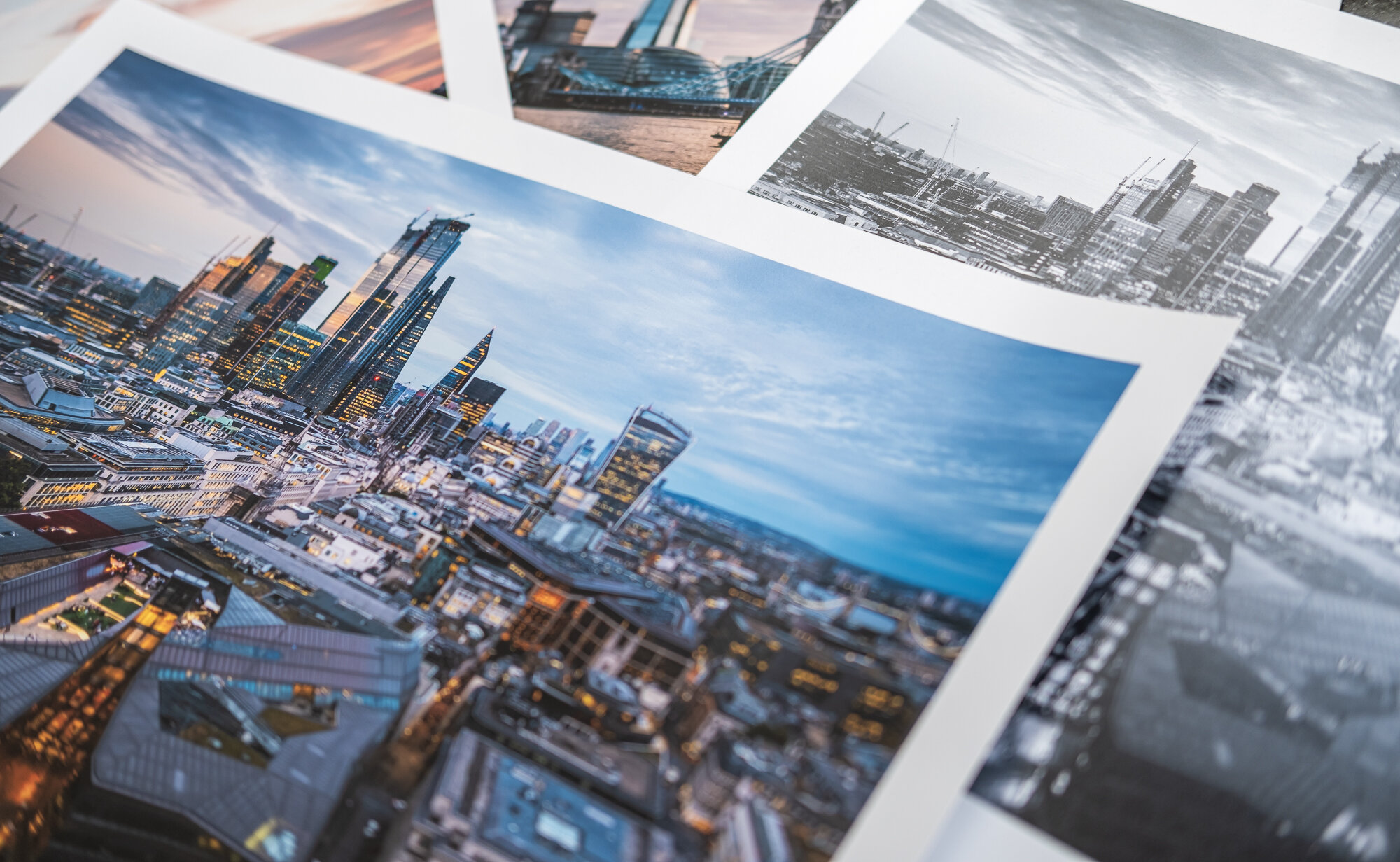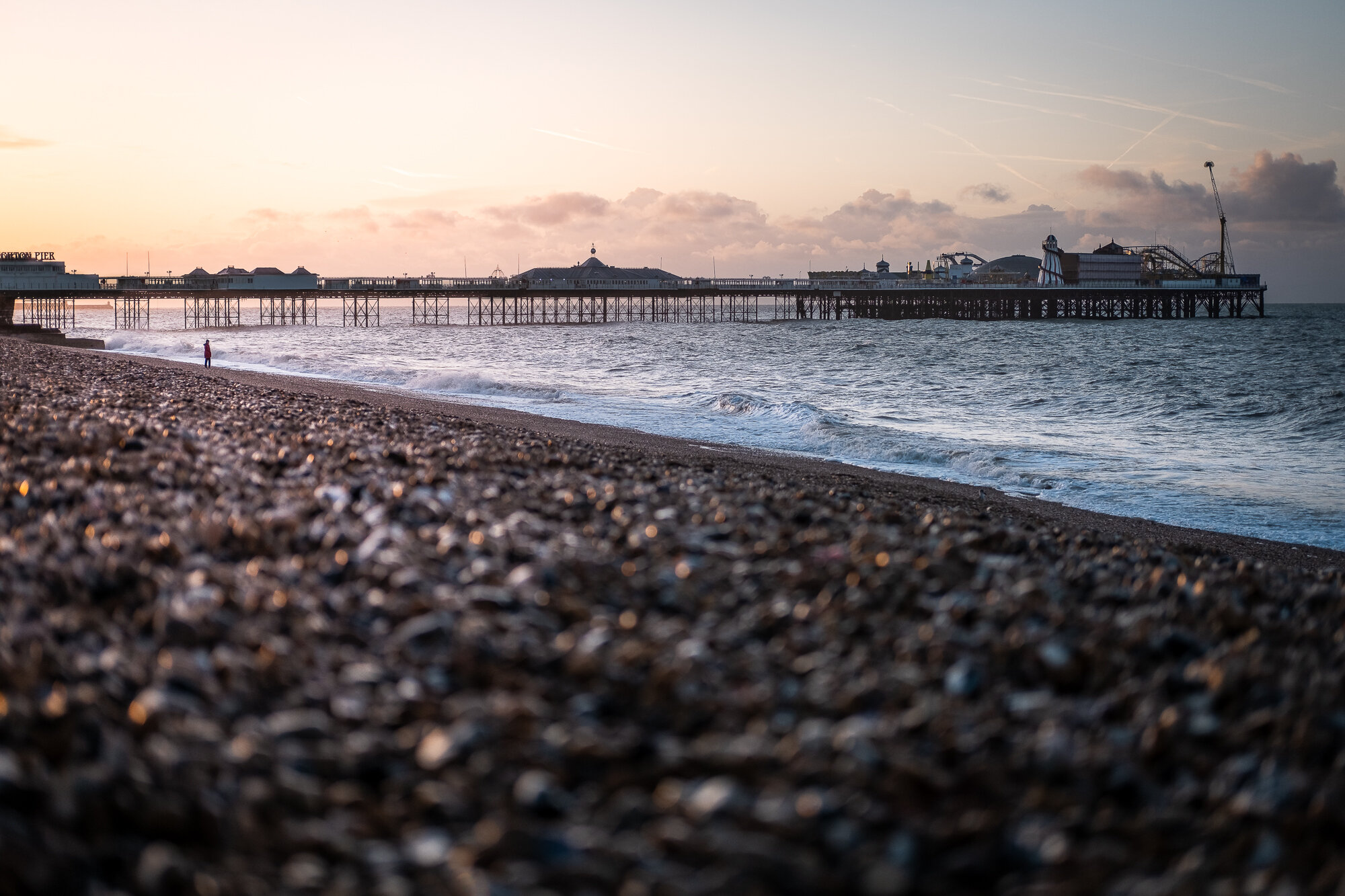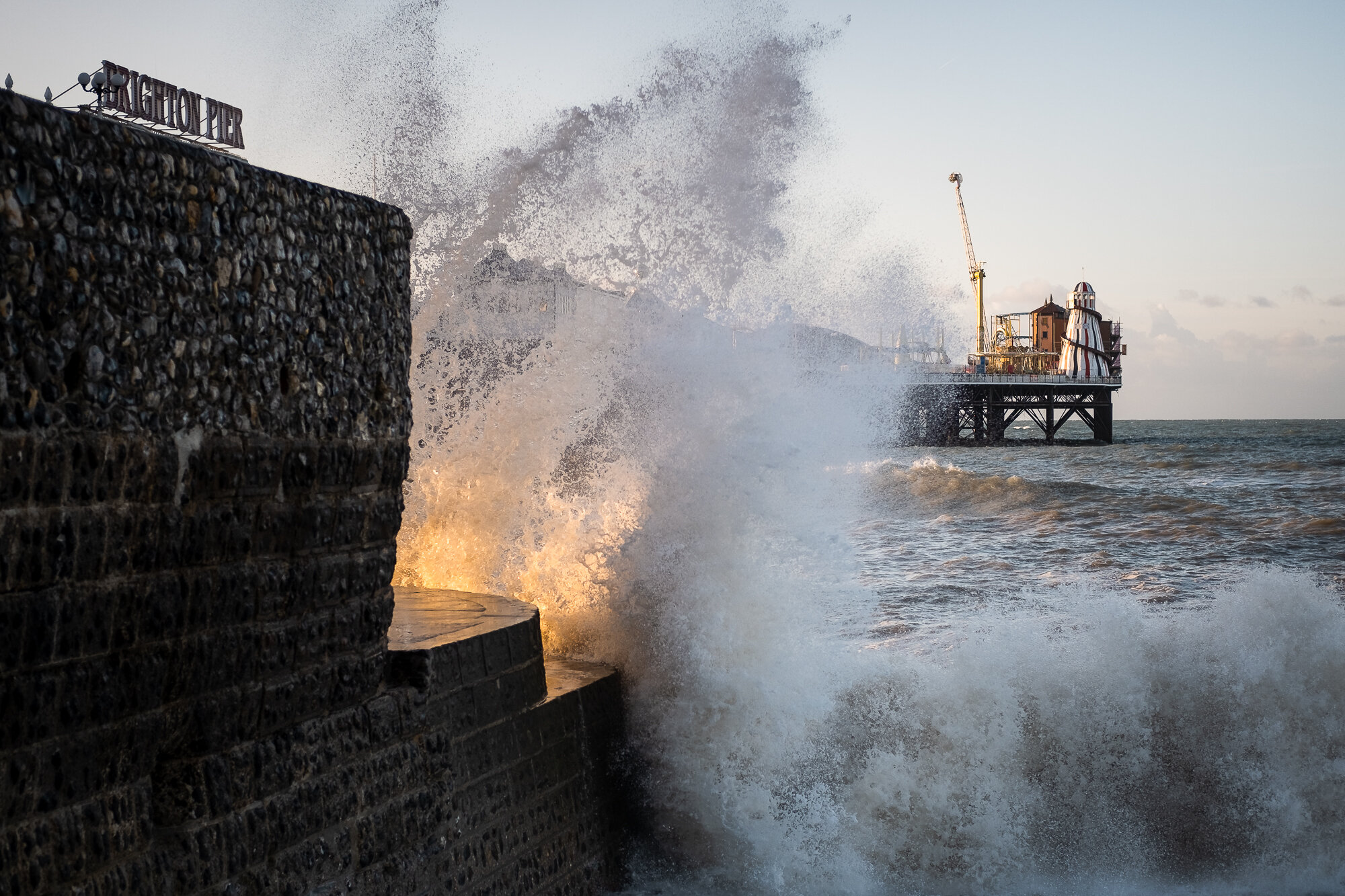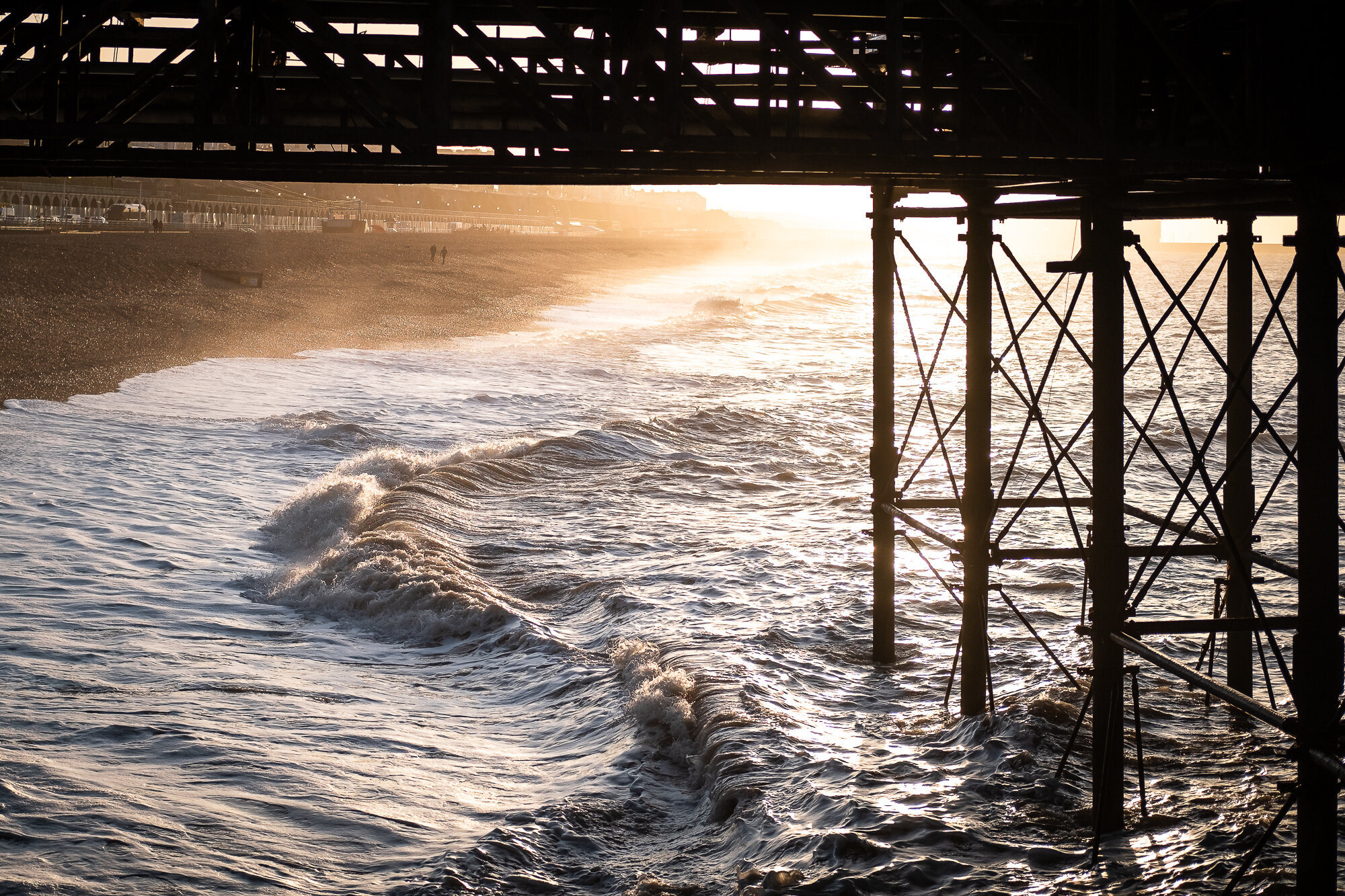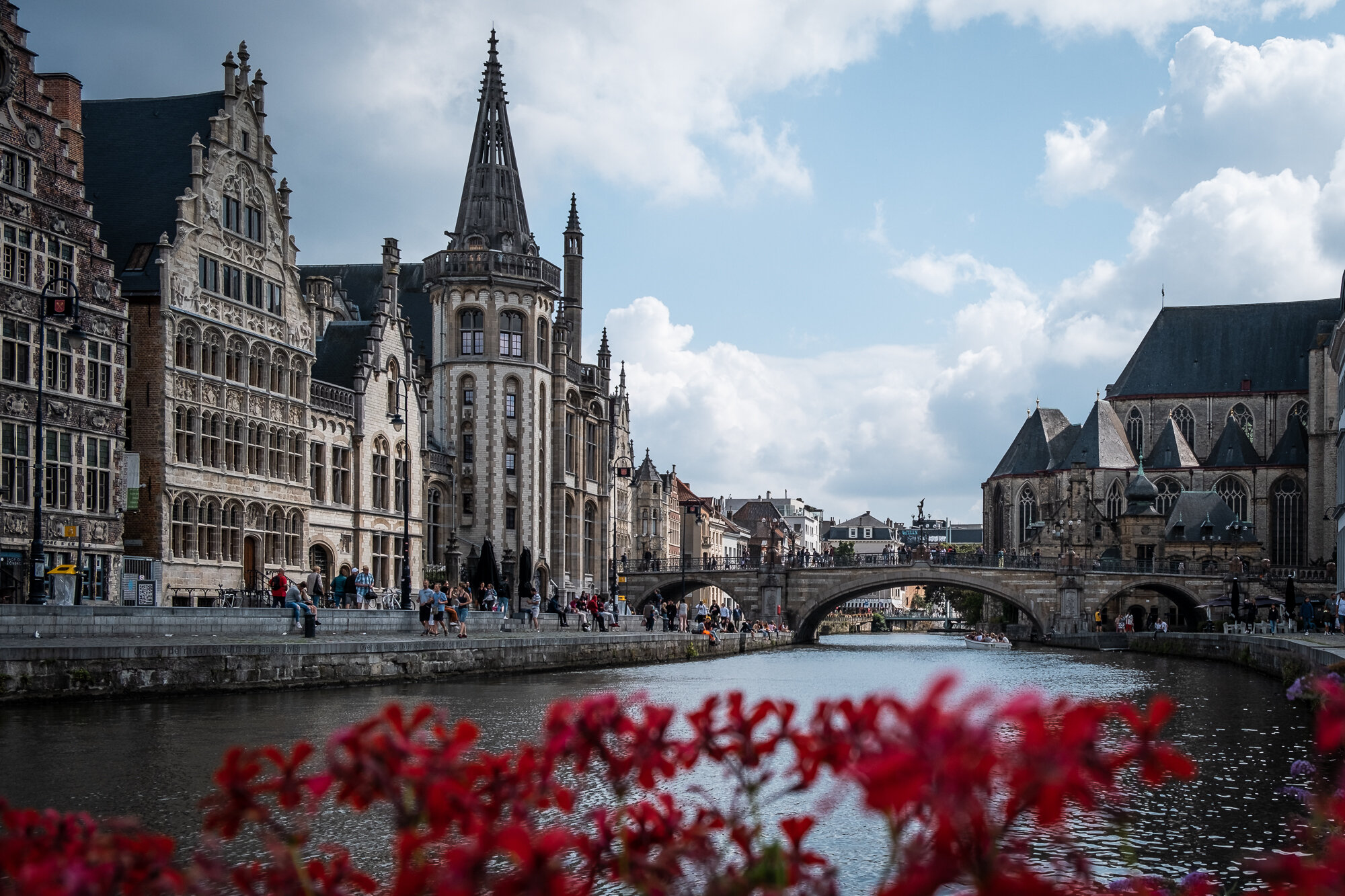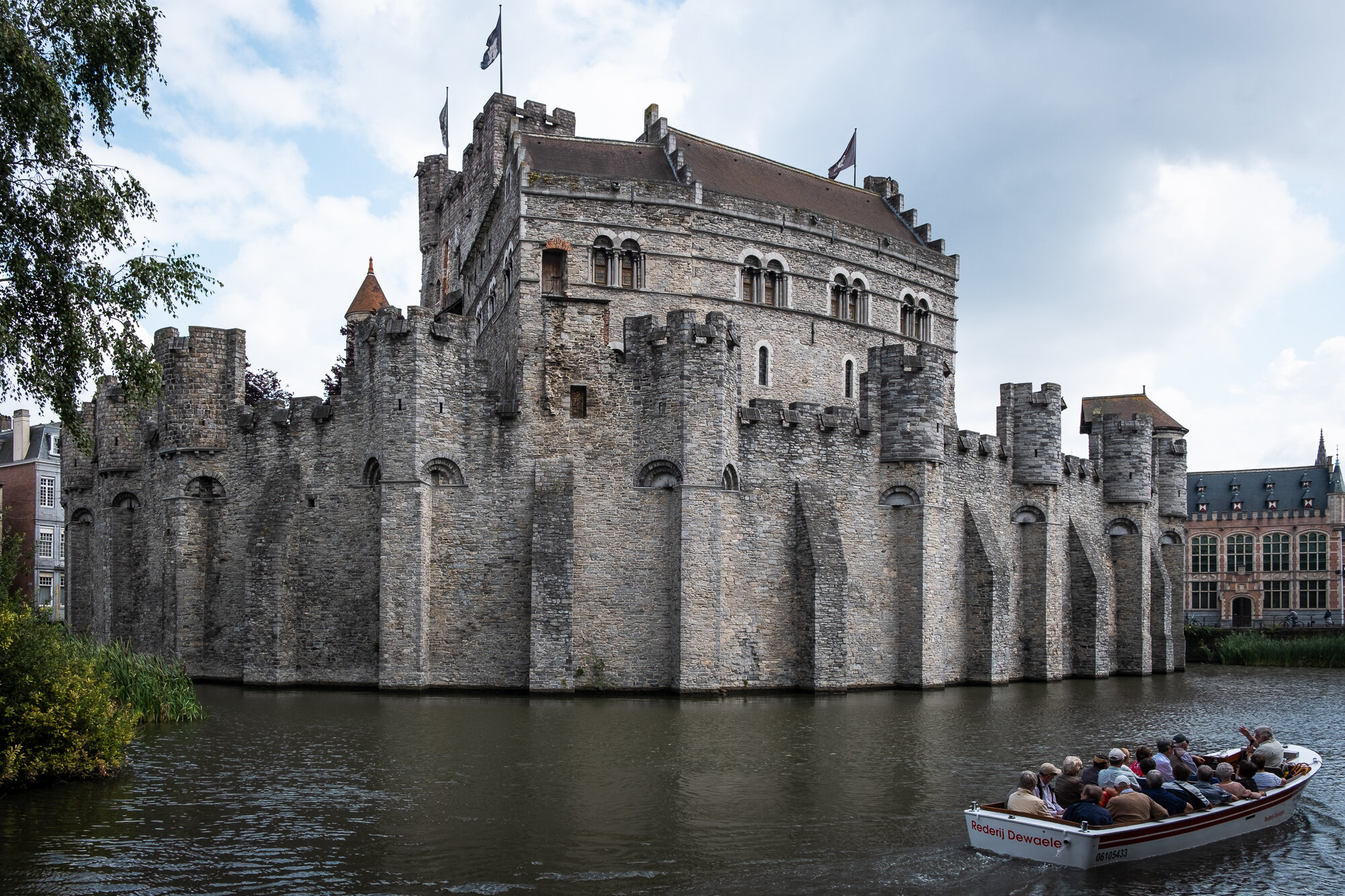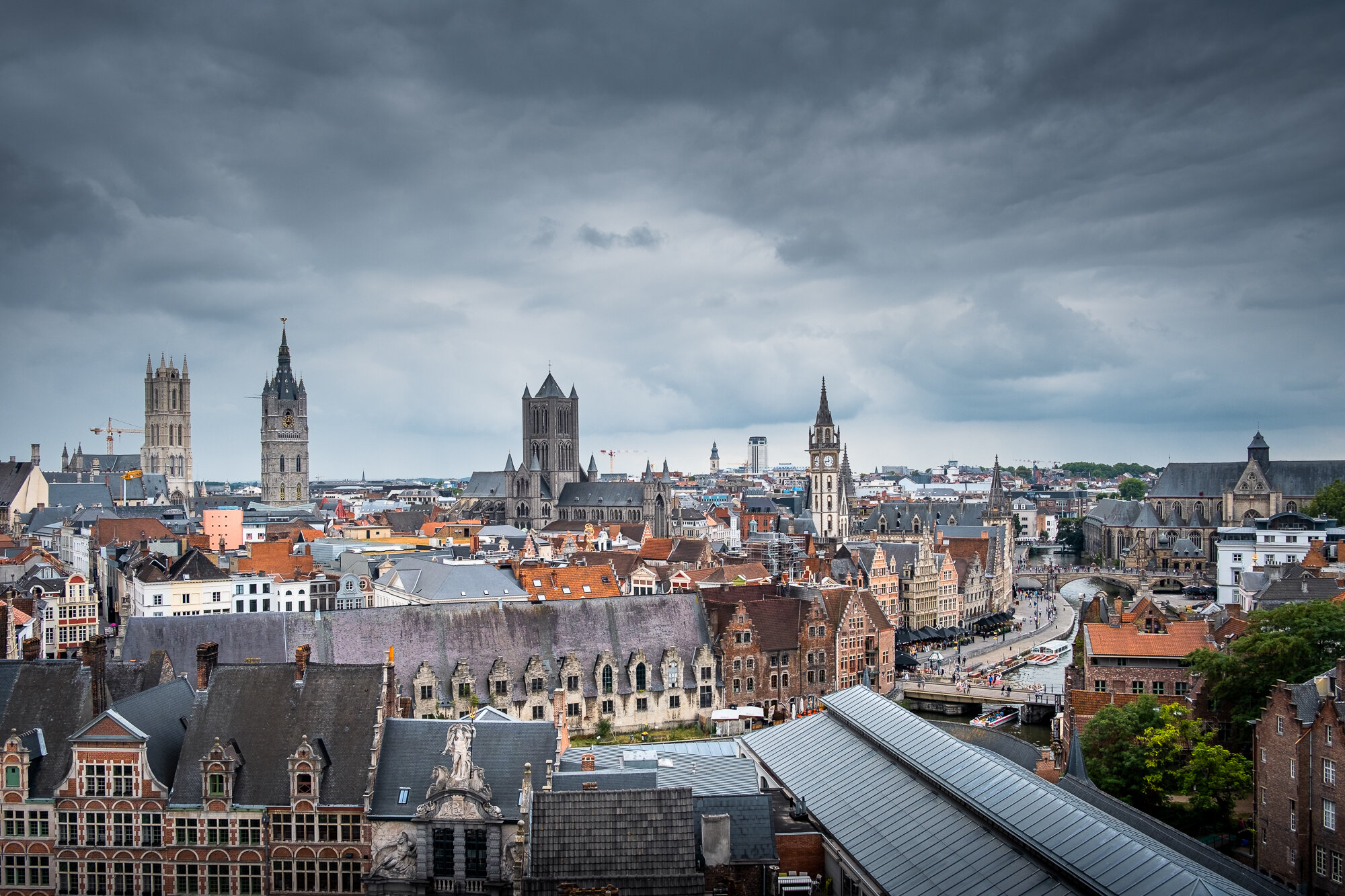BLOG ARCHIVE
First Light at More London | Weekly Photo #44
This week I’m back in More London, along the Thames capturing a pre-sunrise blue hour cityscape, photo of Tower Bridge.
As I write this post, we in the UK are coming to the end of week two of our national lockdown and I can’t help but wonder, like many cities around the world, how much of a ghost town London must be right now. It’s strange when I think about it as I’m always trying to capture my cityscapes free of people as I like a more simple composition and too many can make my photos look a bit too busy. It’s one of the reasons why I make the effort to get up and out so early and London looking like this photo below 24 hours a day is strange to me. I truly hope humanity can get on top of the situation as fast as they can so the suffering can stop and we can all get back to something that resembles normality.
Fujifilm X-T30 | XF16mm F2.8 | 16mm | 8 Seconds | f/11 | ISO160
I’m pretty sure that this part of London is my favourite place to take photos at the moment as I’m constantly looking for opportunities to head here. It’s got everything a cityscape photographer wants from epic views at both sunrise and sunset, old and new architecture and plenty of opportunities to build layers and compositional interest into the image to boot.
On any given day, I’m happy if I get a single good image during a shoot but on a rare occasion, I get a bit lucky where I manage to capture a few photos that I would consider keepers. In fact, during this particular morning, I managed to grab 4 of them and this being the second I have shared to date. The first being in week 34 where I posted the photo I call City Blues.
On this shoot, I had with me my Fuji X-T30 and the 16mm 2.8 prime lens and as I was walking between More London and London Bridge I spend a bit of time around this area looking for compositions to capture. Using my small table-top tripod I keep in the bag, I rested the camera awkwardly on the ledge overlooking City Hall and Tower Bridge and went about taking this 8-second exposure seen here. The blue hour was still in full swing but what I like about the photo is the small amount of colourful pre-sunrise light peeking over the horizon and lighting up some of the clouds.
With the mid-level clouds and gap over by the horizon, it had the makings for an epic sunrise that day and it most certainly delivered. By the time I got over to London Bridge, the sky looked like it was on fire and probably the most dramatic sunrise I had ever seen in London. I haven’t quite finished editing that photo yet but once done, I will share it a future post.
Please try to stay safe and well and I will talk to you again next week.
Trevor
This post is featured in my Weekly Photo series where I post a new photo every Monday. To have this delivered directly to your inbox, you can subscribe to the mailing list here.
Spinning Wheel | Weekly Photo #43
In May 2019, I took this long exposure photo of the London Eye around sunset and this week I talk about how I took the photo and what some of the challenges are when taking a long exposure photo from this vantage point.
Before I dive into this week’s post, I wanted to let you know about an article I published last week all about printing the photos we take. In the article, I talk about what I’ve printed recently and why I think it’s so important for all photographers to commit ink to paper and the benefits it can bring to your craft. I decided to share the article now as with many of us on lockdown due to the global pandemic and unable to head out to take photos, I honestly feel this is a good opportunity to go through some of your most important work and have a go at printing some photos. For people that love their photos, there is nothing like holding them in your hand as physical, tactile pieces of art. You can find the article on my blog here: Why every photographer should print their photos.
Fujifilm XT2 | XF18-55mm | 21mm | 95 Seconds | f/7.1 | ISO200
I haven’t shared a long exposure for a few weeks now and as I was rummaging through my photos searching for this week’s post, I came across this photo of the London Eye which was taken from my favourite vantage point looking down the River Thames from the Golden Jubilee Bridge. One of the reasons I take long exposure photos is that it allows me to remove some of the clutter from the image such as the ripples in the water or in this case, smooth the motion of the London Eye and this composition suits this approach perfectly as I can exclude the taller buildings which are just out of frame on the left allowing this modern icon to stand tall and dominant in the frame and simplifying the composition even more.
In my main cityscape kit, I use the Formatt-Hitech 85mm system and for this photo, I used their 10-stop ND filter to give me the shutter speed I wanted to smooth out any movement in the scene. The London Eye moves quite slowly and takes around 30 minutes to go all the way around which means if the exposure is too short, all you really get is a bunch of slightly blurry passenger capsules. To get this effect that makes the London Eye appear to be spinning more rapidly, the exposure really needs to be at least 30 seconds or in this case, with the ambient light fading fast, I ended up with a 95-second exposure.
Shooting from this spot is not without its challenges when taking longer exposures like this. First off, the bridge is a bit wobbly. The Golden Jubilee Bridge is attached to the older Hungerford Bridge and when a train crosses, everything shakes a little which can cause some camera shake. Also, as the camera is pointed down the Thames, the river traffic takes longer to pass through the frame and when taking long exposures, finding the right gap to take a photo can be difficult, to say the least. Looking through Lightroom at the photos from that evening, of the 10-15 shots I took, this is the only photo I managed that was both sharp and free of ghostly looking riverboats in the water.
I visit this location regularly enough and more often than not, leave without a shot in the bag and for those times I do leave empty-handed, I have to remind myself that the hunt is as important as the catch which can be a bitter pill to swallow.
Stay safe and well while we all get through these uncertain times and I’ll talk to you next week.
Trevor
This post is featured in my Weekly Photo series where I post a new photo every Monday. To have this delivered directly to your inbox, you can subscribe to the mailing list here.
Why Every Photographer Should Print Their Photos
As I embark on my own printing journey, I wanted to share with you what I’ve been printing lately and to help convince other people to get their photos off of their computer and on to paper, I have listed 6 reasons why I feel every photographer should print their photos.
It’s 2020 and the shift to digital photography happened a long time ago. We now take more photos than ever before and nearly all these photos are stored and consumed on our phones and computers. With so many photos to consume, the time we all spend looking at these photos gets shorter and shorter to the point where these days, from the point they are taken, most photos likely never get seen by human eyes at all.
In this post, I’m going to dive into the world of printing and talk about how I currently print my photos and provide my reasons why I believe everyone should be printing their own best work in some form or another. What I won’t cover in detail is how to prepare photos for print and instructions for printing photos at home as that’s an entire topic on its own. I have already written a blog post called How I printed this photo of the Shard, London but that post only really skims the surface of printing at home as I wanted to keep the post light and free from too much jargon so everyone could follow along but there is so much more information that could have been included.
“The negative is the equivalent of the composer’s score and the print the performance.”
How I Print My Photos
I’ve been printing my photos for many years, long before I first took up photography as a creative hobby. When I was young a photo was only a photo when it was physically printed as apart from using a slide film and projector, there wasn’t really any other option. Most of us would head off to the local print lab or drugstore and hand in our film to be processed ad collected 24 hours later. Although times have changed and photos can now be displayed in both digital and analogue form, for me at least, nothing has changed with regards to my desire to commit ink to paper and have my photos printed.
I consider myself lucky to live in an age where there are so many more options when it comes to printing photos, from your standard print to fine art paper, large wall-art such as canvas and acrylic and my personal favourite, the photo book. 20 years ago, when I would pick my prints up from the lab, I didn’t look forward to spending the next few hours sticking them all in an album. It was tedious work, to say the least. These days, photo books are the new photo album and whether it’s using a phone, tablet or laptop, anyone can design and create their own books featuring a collection of photos with relative ease.
After visiting Venice in 2017, I wanted to round off my amazing trip by printing some of the photos I took. I decided to do two things. First, narrow down my favourite images and present them in a small coffee table style book and second, choose just a small selection to be framed and hung on my wall. I chose around 35-40 photos that were taken across the weekend and designed a book in my usual minimalistic style. I chose to print the book with a quality soft-touch matte cover which oozes quality with the photos printed on the thicker 250g silk matte paper. I could have chosen cheaper paper but this book was for me, a one-off and I wanted it to look and feel great to read.
Scroll through a few pages of the book below to get an idea of the layout and style.
After the book, I wanted to print a few pictures a bit bigger and hang them on the wall in my studio. I chose 3 images that fit together and printed these on my Canon Pro-10s printer. I chose these three images in particular as not only are they photos of what I think shows off the beautiful city, but they also fit well together visually. All three were taken around the same time, early in the morning and each has strong blues from the sky and warm oranges from the rising sun.
While preparing the images for printing, I increased the vibrancy, added a little sharpening and brightened the images by around a stop of light. Once printed, I used frames with mounts in the same style as my other prints on the studio wall and hung them as shown in the photo below.
If you want to see more photos I took in Venice, check out my Weekend in Venice project which includes lots more photos and information about the final prints. The project page can be found here: A Weekend Photographing Venice.
Printing my Weekly Photo Series
One advantage of publishing a single photo each week is that the numbers are low enough to make printing the entire collection manageable. When I kick off a project or in this case a photo series, I immediately think about the project end game and that will include what plan I will have for the work I produce.
As with the Weekend in Venice project, I wanted to create something I could grab in a pinch and review all of the photos I produced for the series so, in keeping with the same size and style as before, I put together the Weekly Photo 2019 photo book below.
Although I share a photo on this site and social media each week, this book was for me as above all else, this is still a personal project and for all of the work that goes into producing all of the posts and choosing the photos, I wanted something I could keep and potentially recreate each year as I build up a convenient collection of my work.
I heard a quote on a podcast I was listening to recently from a photographer/teacher called Katrin Eismann and she said: “The truth is revealed when the ink hits the paper” which nicely sums up one of the reasons I also print my photos onto A3 paper.
As with the book, every photo I publish each week also gets printed. Although I love my photo books, seeing and holding your work printed in A3 or larger allows you to appreciate the photos in all of their high-resolution glory but importantly, it highlights issues with the print you may not have noticed on the computer such as compositional distractions or errors introduced when the photo was being processed. I’m no exception as I’ve previously been forced to take an image back into Lightroom or Photoshop to fix a problem found only after I had printed the photo. It’s frustrating at the time but I want these prints to represent my best work.
I print my photos on a Lustre paper which I find suits my style of photography well as the paper is not too glossy but the resulting image still has good contrast and a nice sheen to it and works well when mounted and framed behind glass.
The only problem when printing all of these photos in A3 is how I store and keep them safe. I’m keen to hear what others do to store their prints but currently, I use an A3 black presentation box which has enough room to hold around 60-70 prints all separated by a sheet of acid-free tissue paper. I don’t really know the long-term effects of the photos that sit at the bottom of the pile with all of the weight pressing down but time will tell I guess and for now, it’s the best option I can come up with.
Why every photographer should print their photos
So, I have talked a bit about my personal photo printing but if you still need help convincing to get your images off of the computer and onto paper, then here are some reasons why I think you should give it some serious thought.
#1 There are so many print options to choose from
As I mentioned earlier in this post, when I grew up, print options and finishes were incredibly limited and most photos would end up in a shoebox in a cupboard. We are so lucky to live in an age where there is literally a different print option for every photographer. If you want to create a book like I have, great, what size do you want? How many pages? What cover style? If I wanted to print a single image large and hang it on my wall, do you choose a traditional framed print or do you create a modern, vibrant acrylic or aluminium print? Don’t even get me started on how fun the Fujifilm Instax system is. With so many options, choosing the best format for your work has never been easier.
#2 Prints make a great backup
Now, I don’t strictly buy into the fact that one day all of the electricity can go off and along with it your photos will be lost if not printed as truth be told, if we all suddenly lost power, I would be much more worried about surviving than my photos of London. But that being said, if for some reason I was to lose my digital copies in some freak data loss situation, having my best work printed means they couldn’t be affected and I would still have a copy of my photos should the worst happen.
#3 Making a good print of your work means you get to learn a new skill
Ok, so technically yes, you can just grab one of your photos and upload it to the cheapest online print lab and order without giving it much of a thought and if that works for you, then happy days but, if you really want to make sure your printed work looks its absolute best then learning the steps needed to prepare your files for print is essential. This might include understanding why prints might come out darker than your screen or digging further down into colour science or print profiles. This may all seem a bit complicated to some but for those who want to spend the time to understand all of this will stand the best chance of getting a print that properly reflects the work they see on their screen.
#4 Printing your photos does not have to be expensive
Truth be told, after a very limited amount of research, I can’t find much in the way of what a print costed 20 years ago compared to today but one thing I do know is that you no longer have to print an entire roll of film just to have a few good photos. You can now walk into a high street lab with just a selection of your favourite photos on your phone and hand them over or upload just the photos you want to be printed to an online print lab, confident in the knowledge that the prints you get back will be keepers. This selective approach means you no longer have to waste money on printing photos that end up in a shoebox in the cupboard, never to see the light of day.
On the flip side, printing can be an expensive undertaking. If you choose to print on fine art paper or choose to buy a professional printer and print at home then you are going to make a more considerable investment but, the key-word here is “choose”. You can choose to spend more money but with so many options at either end of the price spectrum, you just don’t have too.
#5 Print for prosperity
Apart from the photo books I mentioned above that showcase my personal work, I have also printed many family albums in the form of photo books covering a great holiday, an event or a period of time. For example, I started creating yearbooks for my kids when they were born, converted my wedding album to a photo book and I now have close to 30 photo books and counting on my shelf which I hope one day will be on the shelves belonging to my children and maybe even their children’s shelves and so on. A photo book won’t suddenly go obsolete because the picture format is no longer supported or the social media platform they are hosted on suddenly shuts down, so, over long periods of time, the only way to ensure your photos remain accessible and if you’re lucky, passed down the generations is to get them printed.
#6 Printing your work can make you a better photographer
I mentioned earlier in this post how printing my photos bigger will emphasise compositional issues, distractions or processing errors and I think that’s a good thing. As you hold your printed work in your hands and study it, what you are doing is logging both the good and the bad within the image so if there is something you spot that works well, you know to continue doing it and on the flip side, learn from any mistakes you made while taking the photo.
When I post photos to social media sites such as Instagram, I know that most people will be viewing the images on a mobile device and this smaller form-factor is far more forgiving to issues within the photo but when I am out taking photos knowing that the photo I take could end up as a large format print, I know I have to take extra care while taking the shot, making sure the photo is as good as it can be as any flaws will be on full show once the ink hits the paper.
Should you print at home or use a professional print lab?
Before I wrap this post up, there is one last point I want to touch on and that’s the decision to print using a professional print lab or to invest in the equipment needed to make prints at home. This is a long, complicated subject but I will try to summarise why you might choose one over the over with as fewer words as possible, so, here it goes.
Printing your photos using a professional print lab
So, let's start with why you might use a professional print lab. When printing using a lab, you are effectively outsourcing the task to print your work which depending on what you are trying to achieve could be a good or bad thing. Although you are giving up the control to someone else to produce the final print, if you prepare the work properly and choose a good lab using recommendations you trust and conducting your own tests, you can end up with some quality prints easily enough. On top of this, compared to printing at home, the initial outlay is low. You don’t have to pre-purchase any equipment which is an advantage but if you have issues with the print, the turnaround time and delivery charges can add up.
Printing your photos at home
Printing at home is initially more time consuming, more technically complicated and certainly carries far higher up-front costs as you need to buy the printer, paper and inks before you can even start. Like photography itself, I regard printing my own work a craft in itself and one that needs time to explore and learn to get the very best out of it which can involve learning topics such as printer profiles, screen calibration, etc. The advantages of printing at home are that you retain full control of your final print and you can get your work printed faster, in particular, if you need to tweak and re-do.
Print your photos and bring them to life
What we do with our digital photos will continue to evolve and who knows what the next best thing will be but one thing I know for certain is that we will all continue to view most of our photos on a screen, in many cases taking only seconds to process the image before we skip to the next.
It doesn’t have to be this way for all of our photos. For those that evoke a special kind of emotion, be it fond memories, loved ones or simply a picture you are proud to have taken, bring those select few to life by making a physical print and displaying it in your home or a book on your shelf rather than being stored and forgotten on your phone or computer lost among the many thousands of other photos you probably have there.
I hope this post has gone some way to both inspire and convince more people to print their work and if you have any more tips or experiences you want to share with the community, feel free to write a comment below.
The Sun Will Rise | Weekly Photo #42
I love to get up early and venture out when visiting new places so when I spent a weekend in Ghent back in 2019, I was up and out to capture the city during what turned out to be a beautiful sunrise.
As I sit here in the UK during some incredibly uncertain times, I know that for most people right now, photography is far from the top of the agenda. I get it and I feel the same. But, while there are many people being impacted by this unprecedented global event and there are far more important and practical jobs which are being done by many heroes all over the world, I do feel that positive distractions are incredibly important for everyone now more than ever, and I for one am grateful for all of the content creators out there continuing to provide these welcome creative distractions including my favourite photographers and YouTubers.
Fujifilm XT2 | XF10-24mm | 10mm | 1/6th Second | f/7.1 | ISO200
I first shared this photo in a recent article I posted titled On Location Photographing a Sunrise In Ghent. This is the view looking down the River Leie from St Michael’s Bridge in the historic city of Ghent in Belgium. Although there is no clear focal point in this scene, when I first crossed the bridge during the day I knew this view with its fantastic reflections was one I had to revisit and try to photograph during my planned sunrise shoot the following morning.
After taking a photograph of Saint Nicholas’ Church during the blue hour, the sunrise exploded into the sky, casting these beautiful colours across the scene. With the tripod set up, I decided to go as wide as possible for this shot to get as much of the reflections into the foreground as possible so on to the Fuji XT2 I attached the 10-24mm lens set to 10mm.
Although there are some strong compositional elements such as the long, sweeping lines created by the river bank and the detail in the reflections creating a strong foreground, there isn’t really a main focal point which lets the image down somewhat. A taller building that stands out like an ornate clock tower would have been perfect on the right hand third but we can only capture the view we see. What I feel does work and helps here is the way the light is well balanced across the scene as the sky on the right lighting up the buildings on the left help make sure the light isn’t too strong on just one side.
I will be using some of this time during social distancing to process a few photos I have yet to get to and write a few blog articles that have been on the back burner. I will continue to post my weekly photo posts during this outbreak which I hope will be a small but welcome distraction and although it seems a long way off yet, as the title says, the sun will rise again.
Stay safe.
Trevor
This post is featured in my Weekly Photo series where I post a new photo every Monday. To have this delivered directly to your inbox, you can subscribe to the mailing list here.
Canary Wharf Reflections | Weekly Photo #41
In 2017 I bought a new wide-angle lens and this view of Canary Wharf in London was a perfect location to put it through its paces.
This is another one of those fantastic views of London that is rapidly changing. I recently returned to this spot over on the Isle of Dogs and found a handful of new buildings have appeared in a relatively short period of time, changing the composition you can see here. I don’t claim to be a documentary photographer in the traditional sense, far from it in fact, but I do think my photos are in their own creative way documenting the city skyline and over the years will show just how much London has changed.
Fujifilm X-T10 | XF10-24mm | 10mm | 7 Seconds | f/9 | ISO200
This week’s photo is one from the 2017 archives. I remember this day well as it was my first outing with my then, recently purchased Fujifilm XF10-24mm lens and was looking for a location to put this wide-angle through its paces. I decided to head to Blackwall Basin as it provides a great view of the buildings over at Canary Wharf and if you are lucky, some beautiful reflections too. This spot can be a little difficult to find but for those local to London looking to try and take the same photo, you need to head over to the east side of the Isle of Dogs and head toward Blackwall Basin. Here is a link to the location in Google Maps.
On my first visit to this spot, I didn’t have a wide enough lens that could capture the view in one frame so I ended up taking a series of photos and stitching them together. With this new lens, I was now able to capture the entire vista in a single image so off I went to have another go. My aim for this photo was to use the lens to capture the epic buildings and their reflections in the water to provide some foreground interest but on the day, it was a bit windy and the water had a few ripples across the surface so I ended up using a 10-stop ND filter to slow the shutter enough to smooth the water and remove the ripples. The end result was a nice smooth surface but the reflections lacked the clarity I was after. You win some, you lose some I guess.
I’ve never visited this location at sunrise before and with the sun rising from the east and behind this vantage point, the scene will be illuminated from the front which could make a cracking image so it’s definitely on the list for a future shoot when the current round of building work is complete.
Have a great week and given the current situation, I wish you all good health.
Trevor
This post is featured in my Weekly Photo series where I post a new photo every Monday. To have this delivered directly to your inbox, you can subscribe to the mailing list here.
On Location Photographing A Sunrise in Ghent
In the Summer of 2019, my family and I visited Ghent, Belgium and during our stay, I snuck away for a few hours to capture a beautiful sunrise in the city’s historic district.
I have been sitting on this post since last year, never quite getting around to publishing it but at last, it is finally out in the wild.
In the Summer of 2019, I travelled to the city of Ghent in Belgium with my family to explore what I consider one of Europe’s best-kept secrets. Since falling in love with the chocolate-box city of Bruges during a trip the year before, we were left wanting to see more of what Belgium has to offer.
I won’t be covering the entire trip in this post as I have already done so in a previous blog which you can find here: On Location | Photographing Ghent. Instead, this post will talk about my early morning shoot during which I was lucky enough to capture a beautiful sunrise across this fine city.
Although this trip to Ghent was a family city-break, I still made a point of getting a sunrise shoot in by heading out early on my own to try to photograph the city while looking its best, during the best light and with fewer people around. Getting out earlier gives me a few hours to explore the deserted city, photograph away and have the best compositions to myself.
Contrary to my daytime setup where I had with me the smaller Fujifilm X-T30 camera, for this shoot, I took with me the larger XT2 workhorse which I use for my main landscape/cityscape work. Normally, I wouldn’t have so much gear with me when on a city-break but as we travelled to Ghent by car, I had the luxury of taking as much camera gear as I wanted.
Photographing a Sunrise in Ghent
Before visiting Ghent, I researched the city for photo ideas and had spotted a composition similar to this looking across the bridge towards Saint Nicholas' Church, so, when I arrived in the city, I headed to this spot first. I wanted to incorporate the ornate streetlights that lined the bridge so I looked around for the best composition as I waited for the sky to get a little lighter but wary not to wait too long just in case the lights were turned off before I had the shot in the bag.
Fujifilm XT2 | XF18-55mm | 18mm | 2.6 Seconds | f/11 | ISO200
From the other side of the Bridge and with my wide-angle 10-24mm attached, I managed to capture a few more shots, including this view down the River Leie just as the sky came alive with these fantastic sunrise colours. This stretch of river and between St Michael’s Bridge and Grasbrug is one of the most picturesque areas of the city and where I spent most of the morning with my camera soaking in all of the history during these peaceful early hours.
Fujifilm XT2 | XF10-24mm | 10mm | 1/6th Second | f/7.1 | ISO200
Fujifilm XT2 | XF18-55mm | 25mm | 1/3rd Second | f/11 | ISO200
Fujifilm XT2 | XF18-55mm | 18mm | 0.5 Seconds | f/11 | ISO200
Once done on the bridge, I wandered down to the water’s edge. Having noticed how the disorderly buildings looked as they lined the river and with the 10-24mm lens still attached, I had a go at photographing them front-on and capture some of those great reflections at the same time. Although the light in the sky was amazing, it was all coming from behind the buildings so I had some dynamic range issues to deal with in post-production but the excellent XT2 dealt with it well and I was able to recover a lot of detail from the underexposed buildings. I also struggled to align the composition properly because the building to the left of the clock tower is leaning to the right making the entire scene appear wonky so the final image isn’t quite as good as I was hoping for but I know there is potential there if I visit again, maybe at the other end of the day so the light hits the front of the buildings.
Fujifilm XT2 | XF10-24mm | 11.5mm | 1/12th Second | f/11 | ISO200
Fujifilm XT2 | XF18-55mm | 18mm | 1/8th Second | f/7.1 | ISO200
Fujifilm XT2 | XF18-55mm | 55mm | 1/17th Second | f/7.1 | ISO200
Fujifilm XT2 | XF18-55mm | 36mm | 1/400th Second | f/3.6 | ISO200
Fujifilm XT2 | XF18-55mm | 31mm | 1/1700th Second | f/5.6 | ISO200
Fujifilm XT2 | XF10-24mm | 17mm | 1/400th Second | f/8 | ISO200
Fujifilm XT2 | XF18-55mm | 30mm | 1/340th Second | f/8 | ISO200
When the last of the sunrise colours were gone, I spent some time wandering back along the river and around St Michael’s Bridge taking more photos during the morning golden hour. I had a great time capturing the city while continuing to play with the lead-in lines and reflections along the water’s edge.
If I had one regret after the shoot, it’s that I didn’t take any long exposure photos during this sunrise. In reality, if I had attempted to spend the time to set up the kit, get the filters ready etc, I might have come away with nothing so it was probably the right decision and given that the city is such a short drive from Calais, I can always come back to this charming city and try another time.
It wasn't too much longer before the best of the light was gone which was my cue to leave and meet my family for breakfast at the hotel feeling pretty happy I had a few good shots on my memory card.
I hope you enjoyed this On Location photo travel blog and please get in touch if you have any questions.
Cheers
Trevor
City Glow | Weekly Photo #40
While crossing Westminster Bridge during an early morning walk during a rather windy blue hour in London, I photographed this view of West London all lit up like a sci-fi city of the future.
For those that don’t know the city well, this view of London might be less recognisable but I suspect that won’t be the case for too much longer. When crossing Westminster Bridge, most people will be on the other side, checking out the view of the London Eye but this is the view looking in the opposite direction and judging by how fast this part of the city is being developed, it wouldn’t surprise me if this area of the city starts to get a bit more attention soon enough.
Fujifilm X-T30 | XF55-200mm | 67mm | 9 Seconds | f/7.1 | ISO160
During an early morning stroll in London, I crossed Westminster Bridge at the start of the blue hour on the hunt for new views of the city and as I looked towards the west, down the River Thames, I was drawn to how the buildings in the distance were lit. It had a kind of futuristic, sci-fi city feel, specifically how the lights are designed on the St George Tower (that’s the tall, round building that looks a bit like a battery).
The inevitable consequence of having these areas of development are all of the cranes creating these red dots all over the frame. When I first started to photograph London a few years ago, I would be quick to Photoshop as many of these out as possible as these temporary structures offered nothing and distracted from the main subject but more recently, I tend to leave them in. Yes, it means the photo has these distractions around the photo but they tell their own story about these areas of London and a time of significant change from the traditional, industrial architecture to these modern, striking developments. Some oppose this change, some embrace it but whatever you think, this is the inevitable change needed to keep London firmly on the global stage so there is no stopping it.
While out on this early morning photo walk, I had with me my Fujifilm X-T30 and the impressive XF55-200mm. I love this lens as it is small (compared to similar focal length models) and super sharp. When I spotted the composition, I knew I had the right kit with me as I would have to zoom right in, close to 70mm to isolate the best composition and to ensure the buildings are prominent in the frame.
It was very windy in London and I had to hide next to one of the street lamps to shield myself from the gusts but still, the longer lens was wobbling and with the lens OIS (optical image stabilisation) switched on, it still took me around 8 or 9 attempts to get a sharp 9-second exposure. I could have shortened the exposure by raising the ISO or opening up the aperture further but I was deliberately trying to get a longer exposure as it helps smooth out the river a little, making the already busy composition a little less so. Thankfully, my perseverance paid off and the wind died down for long enough for me to eventually capture the shot.
Until next week.
Trevor
This post is featured in my Weekly Photo series where I post a new photo every Monday. To have this delivered directly to your inbox, you can subscribe to the mailing list here.
Shards of Chrome | Weekly Photo #39
Pointing to the sky like a shard of metal, I love how dominant the Shard looks, appearing to stand alone in this London cityscape. Along with how I took this photo, in this week’s post I talk about how I tend to use presets to edit my photos.
Who else uses presets when editing their photos? I’ve built up quite a collection over the years and included in these is a collection I call “City Chrome” which I use for many of my photos of London and can end up being a huge time saver. Granted, individual approaches will differ but I use presets as a kind of starting point, a base edit if you will. Then, once I get close to the look I’m after I will finish editing the image by making manual adjustments from there. If I create a new look that I like and want to recreate later, I will save those settings as a new preset in the collection.
Fujifilm X-T30 | XF35mm F2 | 35mm | 1/450th Second | f/2.8 | ISO160
This photo was taken during one of my recent shoots from the top of St Paul’s Cathedral. After climbing 528 stairs to get to the Golden Gallery, you are awarded some epic views of the city. I have shared two other photos taken from this location in previous Weekly Photo posts which you can read by following the links here:
As I circled the pinnacle of the dome, absorbing the epic views of London, the striking shape of The Shard caught my eye and away from the other high-rise buildings, it appears to stand alone, dwarfing the buildings that surrounded it. With these nice tones and textures in the clouds creating a great backdrop and The Shard positioned dead-centre in the frame, I went ahead and took the shot.
What I particularly like about these high-up, cityscape photos is the detail you can capture and the subtle areas of interest you can pick out as you look closer at the photo. Once I have studied the photo, taken in the entire scene and start to look closer, I get drawn to the details such as the tiny red buses crossing the river over on London Bridge or the smoke billowing out of the tall chimney over in the distance.
So back home, I used one of my City Chrome presets to kick off the editing process but in reality, the photo didn’t need much in the way of changing. With the preset applied, the photo was still a little underexposed so I lifted the exposure a touch and added some contrast. Next, I reduced the saturation a little, particularly the blue tones and finished off with a subtle vignette to pull more attention into the middle of the photo.
Until next week.
Trevor
This post is featured in my Weekly Photo series where I post a new photo every Monday. To have this delivered directly to your inbox, you can subscribe to the mailing list here.
A Brief Moment in Brighton | Weekly Photo #38
Along with this week’s photo taken while on a walk along Brighton beach, I talk about the importance of capturing the mood and what it adds to the final image.
Outside of London, Brighton is one of my favourite places to take photos. Not only is it the closest beach to where I live, but as many of you might know by now, I tend to include the “hand of man” in my photos and for a seaside location, Brighton certainly has that in abundance. I typically get drawn to man-made structures such as the West Pier’s skeletal remains as the imposing but frail-looking structure makes for a strong subject to photograph but the photo here is less about the subject or particular focal point but more about capturing the moment, the mood or feeling I experienced during the shoot.
Fujifilm X-T30 | XF35mm F2 | 35mm | 1/1,700 Second | f/2 | ISO160
I have already shared this photo as a part of a collection in a post I wrote titled Mental Health and Why Photography Matters and decided to share it again in my Weekly Photo series as not only is it my favourite of the set but it’s the one that connects with me the most. I can find it difficult at times to portray the feeling or mood I experienced during a particular shoot. It’s something I try to work on but find others accomplish this far easier and better than I do. Or at least that’s the perception I get. So, when I do take a photo that represents the mood accurately in a shot like this photo here, it creates an instant connection with me and rekindles the memories and emotions I felt on that particular morning.
As I walked along the beach with my X-T30 Camera and 35mm F2 prime lens, I spotted someone standing close to the water, seemingly deep in thought and appearing happy just to be out at a time many other people rarely get to experience. This is exactly the kind of feeling I was experiencing and one I wanted to capture. The sun was just starting to rise off to the right and with the clouds just lining the horizon, the light was slightly defused resulting in this beautiful warm glow across the scene. Aware the moment could be over in an instant, being careful to make sure the figure in the distance stood out and was not lost amongst the structure of the pier, I quickly crouched down low to include the pebbles in the foreground and captured the photo.
Technically, the photo itself isn’t amazing. The composition isn’t particularly balanced being heavier on the left-hand side and the person standing on the beach isn’t in the best position compositionally but not all photos have to be prize winners to mean something to you. After all, who do you take photos for? It’s sometimes good to throw the rule book out the window and just enjoy the photo because of the connection you have with it, not because it’s technically and compositionally perfect.
Cheers,
Trevor
This post is featured in my Weekly Photo series where I post a new photo every Monday. To have this delivered directly to your inbox, you can subscribe to the mailing list here.
Good Morning London | Weekly Photo #37
This week, I share a cityscape photo of East London during a beautiful sunrise taken from the 35th floor up at London’s Sky Garden. The post also includes some useful tips to help take great, clean photos of London’s rooftops through glass windows.
This is the view looking east, across London taken from up at the Sky Garden on a cold but beautiful January morning. From this vantage point, you get a stunning view of some of London’s iconic landmarks such as Tower Bridge and the Tower of London that once, themselves dominated London’s skyline.
Fujifilm XT2 | XF10-24mm | 17mm | 1/60th Second | f/4.5 | ISO800
Photographing London’s Rooftops
This was my first attempt at capturing London’s rooftops from the Sky Garden so I wasn’t entirely sure what to expect when I got up there. It was still dark when I arrived so I had a few minutes to wander around and pick out some possible compositions but it didn’t take too long to find this cracking composition of the city. I like the way the river flows into the frame taking you on a journey past Tower Bridge and all the way across to the Isle of Dogs where you will see some subtle silhouettes of the cluster of skyscrapers just poking through the horizon.
With the composition chosen, I had to get a bit creative with supporting my camera as it was still pretty dark and tripods aren’t allowed up in the Sky Garden. Thankfully I had my rather flat backpack with me which made for a somewhat stable platform to rest my camera and with the lens hood attached and pushed up against the glass helping to cut out any reflections, I positioned my camera ready to take the shot.
To capture the photo I wanted, I had to get the timing of the shot just right as I needed to wait long enough for the sun to light up the sky but not too long so that the city lights started to dim, leaving the foreground across the city muted and uninteresting. I wanted the photo to pop a bit more so with my aperture opened up and a shutter speed of 1/60th second, I started firing off shots as the sun rose towards the horizon in front of me.
The main challenge in post-production was to avoid pulling back the shadows in the foreground too much. If I had done so, the darker areas would look a bit too HDR-like and I would end up with a noisy, messy image. I had to tweak and adjust bit by bit to get the look I want whilst avoiding pushing the editing too far. I’m quite pleased with how it turned out.
Here are a few tips to help anyone preparing to shoot from a high vantage point, through a glass window which I have taken from a previous post which also features more photos taken on this very morning: Photographing London’s Rooftops
#1: How to work around the no tripod rule:
Some locations that have a “no tripod” rule turn a blind eye to the mini tripods but having tried this in the Sky Garden, I was quickly corrected by the staff, so for this location big or small, you can’t use a tripod. Improvising, I laid my camera bag on the floor right up against the window and used it to rest my camera on. It was a little tricky but it did the trick and my images were nice and sharp.
#2: How to shoot through dirty windows:
This one is simple. get the aperture as wide as you can. Use f/2-4 if you can get that wide. Shooting these distances won’t give you any depth of field issues but even though most lenses are not their sharpest wide open, that’s the trade-off to render all of the marks on the window out of focus and invisible in the final image. Also, with a wider aperture, you will have a faster shutter speed which helps combat the no tripod rule above.
#3: How to avoid the reflections on the glass:
When taking photos through glass windows you will no doubt have some trouble with reflections. The cheap and easy way to avoid this is to place the end of the lens right up against the window. Although this might be effective, it restricts you to the angle you can shoot so you might not be able to capture the ideal composition. The alternative is to invest in a lens hood. I used the Ultimate Lens Hood for the photo above which fits around the end of the lens and creates a reflection-free area when pressed up against the window. I still find lens hoods like this a little tricky to use but at least I can capture the compositions I want without those pesky reflections.
I hope some of you will find these tips useful.
Talk to you next time.
Trevor
This post is featured in my Weekly Photo series where I post a new photo every Monday. To have this delivered directly to your inbox, you can subscribe to the mailing list here.
On Location Photographing London With The Fuji XF35mm F2
Join me as I venture into London with my Fujifilm X-T30 and XF35mm F2 lens and capture a few cityscape images along the River Thames during a beautiful sunrise shoot.
Up until about a year ago, I suffered from a condition I can only describe as “Lens FOMO”. The notable symptom is the fear of missing out (FOMO) on the perfect photo because I don’t have the right lens with me. To combat this, I would always carry a full bag of gear so I was ready and prepared to capture any subject in nearly all conditions. This strategy is all well and good, but a full bag is a heavy bag and that weight can get tiresome and the long term effects on my back surely can’t be good, right? Something had to change.
Fast forward to today and things are quite different. I realised some time ago that I needed to relax more. Worrying about missing the shot was taking the fun out of the shoot and being frustrated if I wasn’t heading home with some kind of successful photo was missing the point in a really big way. What many photographers, including myself, realise at some point along their journey is that the hunt can be as satisfying as the catch. When I first took up photography, I was in it just for the photo. In my rather ignorant opinion, that was the be-all and end-all. It goes without saying that catching the killer photo is still the target but these days, the exploration, escapism and creativity are all just as important which is why, when I head out on a shoot, I no longer feel the need to take all of my gear with me and will often just head out with a single camera and one or two small prime lens. With this minimalistic setup, I feel liberated and agile to explore different angles and compositions and best of all, have great fun doing so.
You can read more about the gear I use and how I pack my bag depending on the shoot over in this post: What’s in my camera bag (2020 Edition).
Photographing London with The Fujifilm X-T30 and XF35mm F2
Recently, armed with only my Fujifilm X-T30 and the super light XF35mm F2 lens, I headed out before sunrise for a walk along the river in London to take a few photos. The compact X-T30 combined with any of Fuji’s small prime lenses is such an awesome combination. You get all the latest and greatest tech inside the X-T30 such as Fuji’s latest X-Trans sensor and super-quick autofocusing with a small, fast, high-quality prime lens. With the tactile knobs and dials to play with, for me at least, it is a joy to shoot with.
I also posted a similar article while out in London with another of Fujifilm’s compact prime lenses which you can read all about here: Photographing London With The Fuji XF16mm F2.8
I had no plan to shoot anything in particular nor any idea as to what the weather had in store. I just wanted to be out with the camera and see what I could capture. Starting off near London Bridge, I ventured over to More London and captured a few of the classic compositions before heading along the river towards Bankside and the Millennium Bridge. With such a small set-up, I started to look for new, creative compositions and had a lot of fun opening up the aperture and playing with a shallow depth of field.
Below are a few of the photos I captured during the shoot.
Fujifilm X-T30 | XF35mmF2 | 35mm | 1/20th Second | f/2 | ISO800
Fujifilm X-T30 | XF35mmF2 | 35mm | 1/13th Second | f/2 | ISO160
Fujifilm X-T30 | XF35mmF2 | 35mm | 1/20th Second | f/2 | ISO160
Fujifilm X-T30 | XF35mmF2 | 35mm | 1/280th Second | f/4.5 | ISO160
Fujifilm X-T30 | XF35mmF2 | 35mm | 1/45th Second | f/2 | ISO160
Fujifilm X-T30 | XF35mmF2 | 35mm | 1/125th Second | f/2.8 | ISO160
Fujifilm X-T30 | XF35mmF2 | 35mm | 1/750th Second | f/2 | ISO160
Fujifilm X-T30 | XF35mmF2 | 35mm | 1/450th Second | f/2 | ISO160
Fujifilm X-T30 | XF35mmF2 | 35mm | 1/70th Second | f/5 | ISO160
Fujifilm X-T30 | XF35mmF2 | 35mm | 1/1,100th Second | f/5.6 | ISO160
Fujifilm X-T30 | XF35mmF2 | 35mm | 1/3,200th Second | f/5.6 | ISO160
Although the single camera, single lens strategy is not just limited to prime lenses, I wanted to just touch upon why I have a couple of them in my bag. Unlike a zoom lens which allows you to get closer or further away from the subject while keeping your feet rooted to the spot, prime lenses have a fixed focal length which means you have to zoom with your feet (as in walk closer or further away from your subject). Zooming with your feet doesn’t work in all situations and may sound restrictive to some, but it’s that limitation coupled with typically wider apertures and increased image quality that attracts so many to them. Primes tend to simplify the process, stripping away the compositional decisions around the focal length. What you see is what you get. This for some is far more liberating than having a zoom lens.
Overall, it was a great morning to be out photographing the city. I had some nice light and had some fun with the wide aperture and shallow depth of field. I still occasionally head out with a full bag of gear, particularly if I have a shot in mind such as a long-exposure, cityscape image for which I need extra equipment but I do so much less frequently these days. With only a single camera and lens, I feel free to wander the streets and find angles and unique compositions that I just wouldn’t think to look for when weighed down by a big heavy bag on my back.
Speak to you soon.
Trevor
150 Seconds in London | Weekly Photo #36
This long exposure photo of The Girl and the Dolphin Fountain in front of Tower Bridge very nearly didn’t happen as it took some time and a lot of patience on my side for there to be a large enough gap between people to capture this 150-second long exposure photo.
This is my own take on a classic composition of Tower Bridge with the Girl and the Dolphin fountain in London taken back in 2018. It’s a popular location for photographers and tourists alike as it provides a great view of some of London’s iconic landmarks. This particular long exposure photo is a personal favourite of mine which I have printed large and hanging up on my wall at home.
Fujifilm XT2 | XF10-24mm | 16mm | 150 Seconds | f/11 | ISO200
Before I speak about the photo itself, I wanted to talk about how this shot reminds me of the patience needed while out and about taking photos like this in London. This is such a busy spot and it was such a nice evening so there were quite a few people about, trying to grab a peek at Tower Bridge. Normally when taking long exposures, if the exposure is long enough, someone walking into my shot won’t register in the final image but if they stop, even for a short while, I will get a blurry, messy figure in the scene.
Being someone who likes my cityscape images clear of people and with so many people stopping to look at the view, as much as I tried, I could not get a clean image. Every time I thought the coast was clear, I fired off a new shot only for another person to walk into the scene and stand there long enough to be visible in the final image. I won’t lie, it was incredibly frustrating and if I was that way inclined, I may have asked some of the people to move out of the way while I took the shot but firstly, I don’t have the front to do this and secondly, what right do I have to do that anyway? Being there photographing this location gives me no greater rite of passage and everyone is entitled to stand where they like and take in this epic view even if it means me missing the shot altogether. So, I just stood there, waiting patiently for a gap in the foot traffic with no outward signs of frustration and while I still had good light, I was eventually rewarded with a 150-second window without someone stopping for too long enabling me to capture the image.
This photo was taken on my Fujifilm XT2 and wide-angle XF10-24mm lens. Using a wider focal length of 16mm meant that I could capture the entire scene without it looking squashed in and leaving the architecture enough room to breathe. I used my Formatt-Hitech 10-stop filter to give me the 150-second exposure allowing me to capture the movement in the clouds perfectly resulting in a kind of frame around Tower Bridge which I think works really well here.
I also have another black and white, long exposure of a slightly different composition which I published in week 21 of this Weekly Photo series. You can see that image here: Deserted City | Weekly Photo 21.
I was (and still am) really pleased with this photo. the light and movement of the clouds were just perfect and although it’s not too often I get the right conditions for taking a long exposure photo at sunset, I’m glad I was able to stay patient and wait it out as it paid off in a big way!
Until next time.
Trevor
This post is featured in my Weekly Photo series where I post a new photo every Monday. To have this delivered directly to your inbox, you can subscribe to the mailing list here.
Defenders of London | Weekly Photo #35
I recently took a trip over to the Thames Barrier in East London during a pretty miserable, grey day and as the light was fading, I managed to capture this black and white, long exposure photo of these distinctive structures.
Some will recognise this distinctive structure but for those that don’t, this is the Thames Barrier situated just east of London, not far from the Isle of Dogs. It was erected in 1982 to protect the city against high tides and storm surges.
Fujifilm XT2 | XF18-55mm | 28mm | 209 Seconds | f/10 | ISO200
As you will probably know, I do like a long exposure photo. Something about the ethereal, minimalistic look they provide means that for me at least, it’s the perfect technique to use when capturing a busy, sometimes overly cluttered London Cityscape. The process allows some of the tension in the scene to be defused enough to ensure the main subject can stand proud and distraction-free in the frame.
You can check out more reasons to give long exposure photography a try in an article I wrote a while back called Slowing Down Time | Why the Long Exposure?.
I took this photo a couple of weeks ago while on a shoot with Andy Conway. Andy is an excellent photographer and up and coming YouTuber based in the South of England. After meeting at Canary Wharf, we decided to leave the hustle and bustle behind and head east to capture the Thames Barrier. The weather was pretty miserable, the sky was lifeless and the light was flat so there was really only one thing for it. A black and white, long exposure image was on the cards for this shoot. After spending a minute or two scouting the location, we settled on this side-on composition of these imposing structures that appear to be standing in-line, at the ready to defend the city against their tidal enemy. With the camera mounted and a 10-stop filter attached to the lens, I went about capturing this 209-second exposure.
After converting to black and white, I process the image with a high key, minimalistic look which helped to emphasise the strong architectural lines of these powerful, intimidating structures. I used local adjustments in Lightroom to dodge and burn parts of the image to get the tones and brightness how I wanted and finished up with a bit of split toning to cool down the overall image and give it the clean, slightly metallic look I was after.
One last thing before we wrap up. For some, giving long exposure photography a try can be a bit daunting, but in truth, it really is quite straight forward if you understand what’s involved so, I wrote a 10-step guide that you can follow if you want to give this technique a try. Use the link at the bottom of this post to subscribe to my newsletter and a PDF copy will be sent straight to your inbox.
Cheers,
Trevor
This post is featured in my Weekly Photo series where I post a new photo every Monday. To have this delivered directly to your inbox, you can subscribe to the mailing list here.
10 Top Tips For Taking Great City Photos
My top 10 tips for taking great cityscape photos is for those that are looking to take their cityscape photography to the next level and take better photos of their local town or city.
With so many people living in and around cities, it’s no wonder that cityscapes are a popular subject for many photographers but taking great cityscape photos doesn’t always come easy so, if you’re a beginner looking to give cityscapes a go or an experienced photographer in need of a bit of inspiration, here are my 10 top tips to help any photographer be successful in capturing their own amazing urban cityscape photos.
Before we start, I thought I’d just mention that although all of the example images were taken in my home town of London, these tips to can be used when visiting any city and in fact, some of them are transferable to other genres of photography such as natural landscapes and even street photography.
#1: Look for lead-in lines in your cityscapes
First off, let’s start with a classic compositional tool. I introduce to you the much talked about, famous amongst photographers, ever-reliable lead-in line!! OK, tongue and cheek aside, the lead-in line is a classic for a reason as they help lead the viewer’s eye around the frame, taking them on a journey which should eventually end at the main subject. Take the photo below, the lead-in line is created by the wall in the foreground which takes the eye from the bottom left to the right-hand side and up towards the main focal point which in this case are the high-rise buildings over in the city.
#2: Use people in the photo to add interest
Although I don’t consider myself to be a street photographer, I will on occasion include people in the frame to add another element of interest into my cityscape photos. You can use people as compositional subjects like in the shot of St Paul’s below where this man is placed in the opposite corner to the cathedral’s dome which helps to balance the scene. Alternatively, including a smaller, silhouetted figure like in the second image can add a little mystery to your photo so, think about how you can incorporate people into your cityscapes in the future.
#3: Try a long exposure to create a unique cityscape photo
Those that follow my work know I take long exposure photos of London’s skyline and one of the reasons I do so is that it provides a unique view of the cityscape which cannot be seen with the naked eye. If you are looking for that something a little different or want to simplify the scene somewhat, then try a long exposure image.
Top tip: Although long exposure photography can be a little daunting at first, I have created a useful 10 step guide to creating successful long exposure photos which you can download when you sign up to my newsletter here.
#4: Get creative and use a shallow depth of field
Opening up that aperture and getting creative with shallow depth of field is a great way to get a unique look in your cityscape photos. You don’t necessarily need a professional lens with a super-wide aperture such as f/1.4 or f/1.8 as it all depends on the distance your focus point is from your lens. Take the photo below for instance. This was shot with an aperture of f/5 with is achievable for nearly all lenses but because the focus point is close to the lens, the background is rendered out of focus.
#5: Have fun and frame your subject
Frames are a great compositional tool as they help to draw the viewers eye straight onto the main subject. You can have so much fun finding different ways to frame the subject so next time you are out capturing cityscapes, try looking for doorways, arches or even gaps in the railings to shoot through.
#6: Climb up high and photograph the rooftops
There is an ever-increasing number of high vantages points that provide stunning views of the city and although this trend is not just unique to London, I do know that in London planning rules require public viewing galleries to be incorporated into new high-rise buildings which means the number will only go up over the coming years. This is great news for photographers on the hunt for great cityscape photos as from this high up you get an entirely different perspective and the resulting images can be quite awe-inspiring when the conditions are right.
Top tip: There are a few tricks you can use to capture clean, sharp photos when photographing your cityscapes through the glass of a high-rise building which you can find in one of my previous posts here: London in the Mist | Weekly Photo 13
#7: Get really wide to capture a dynamic photo of the city
By using a wide-angle lens, you can have a bit of fun and capture some unique perspectives such as the one below of Canary Wharf over on the Isle of Dogs. Having a wide-angle lens enabled me to include the steelwork and chains into the scene which add interest, lead-in lines and a handy frame around the main subject.
#8: Capture the cityscape during blue hour
Photographing the city at blue hour can help create some unique cityscape photos as this is the only time of day when the ambient light is low enough for the city lights to be switched on but still bright enough for there to still be detail in the sky. This view of London’s Square Mile financial district was taken from the top of St Paul’s Cathedral and is a great example of how the city can look during the blue hour.
Top tip: Capturing the blue hour can be tricky if you are not prepared and ready, so, research the time of day the sun sets and blue hour starts in advance to ensure you are ready to capture your photo in plenty of time.
#9: Go for a cityscape at sunset
Sunsets are beautiful and here’s a newsflash, people like looking at beautiful things so when you have a great cityscape coupled with an awesome sunset then you have all the ingredients needed to capture something quite special. Although the sun rises and sets every day, a good, dramatic sunset doesn’t happen too often and when they do, they come and go quickly so do your research. Check what time sunset takes place, check the weather and cloud cover so when you head out, you give yourself the best opportunity to capture Mother Nature’s greatest show.
#10: Shoot the city lights at night!
I guess I could have used this image in the first tip above as it has a fantastic lead-in line (bonus tip: look for bridges as compositional subjects) but this tip is about going out after dark and capturing the city at night. London, like many other cities, takes on a whole new identity at night. 10 years ago, London’s skyline would consist of just dull orange lights but these days, with the modern high-rise buildings and projects such as the Illuminated River Project, London has made a great effort to spice things up and add a splash of colour to the city at night.
Top Tip: Close down the aperture to create cool starburst effects like those shown in the photo below.
A quick note about safety. It should go without saying but please do not take your safety for granted. Not all areas of every city are safe to wander alone so, whatever you do, take care of yourself and where possible, take a friend with you, especially at night.
Now, get out and shoot!
The most important tip of all is to actually get out and start taking photos. So, armed with these 10 top tips for successful cityscape photography, I urge you to go and give them a try in your nearest town or city and take your own great cityscape photos.
If you have any tips you want to share or if you have any other thoughts on this post, please post your comments below and feel free to share this article so that others might see and take advantage of these tips for when they are out photographing their local city.
City Blues | Weekly Photo #34
Getting up and out before sunrise can be a challenge for landscape photographers so what motivates me to do so? In this article, I talk about how having personal creative projects provide me with the purpose and motivation to be out early enough to capture blue hour cityscape photos of London like this one.
I took this photo a few days ago on “Blue Monday”. I don’t normally rush photos out so quickly. I like to live with them a little longer before I publish as I will sometimes bring it back into the digital darkroom to make some further adjustments but this week is different. I chose to release this photo as I felt it suits the subject of this post quite well.
Blue Monday is according to some, the most depressing day of the year. Christmas is behind us, the nights are long and credit card bills for money spent over the festive period are in. Do I think Blue Monday is a thing? If being honest, I’m pretty sceptical. I don’t think people are struggling on this particular day per se but rather, I think there are people battling “The Blues” every single day of the year. I do, however, appreciate that at the very least, it helps raise more awareness of such an important subject.
The benefits of personal creative projects
A while back, I wrote an article called “Mental Health and Why Photography Matters” where I talked about how having a creative outlet can have a positive effect on your mental wellbeing as it provides you with the motivation and purpose to push forward and create something meaningful and fulfilling to you.
Fujifilm X-T30 | XF16mmF2.8 | 16mm | 2.6 Seconds | f/10 | ISO160
Currently, much of my motivation to get up and out to take photos comes from this Weekly Photo project. I don’t necessarily consider this a project in the strictest of terms but it is what currently drives me to take photos and write articles. For a lot of landscape photographers, producing 52 share-worthy photos over the course of a year is a difficult undertaking and I’m certainly no exception.
To quote Ansel Adams:
Twelve significant photographs in any one year is a good crop.
As much as I would like it to be so, unfortunately not every photo I share each week can be considered “portfolio-worthy” but that’s not really the primary goal of the project. The goal of this project is to provide the motivation I need to get out into the world, regardless of the conditions, enjoy my craft and forget about life’s issues even if for just a short while. No doubt I‘ll continue to have highs and lows along this creative journey, but I have a purpose to get out, continue to be creative and above all else, use photography as my weapon to fight the good fight against whatever blues I may be facing at that time.
Let’s talk about the photo. As previously mentioned, I took this photo last Monday as I was walking towards London Bridge where I managed to capture a pretty spectacular sunrise (one for a future post). I had with me my Fujifilm X-T30, my 16mm prime lens and a small table-top tripod. As I walked along the river, I looked back over my shoulder just as the sunlight started to peek through the clouds so stopped and captured this photo of HMS Belfast. With the blue hour fading away and the sunlight starting to appear, the result was these beautiful blues, purples and magentas across the image. It really did look like this at the time.
Getting up and out before sunrise can be challenging at times, but with a personal creative project providing me with motivation and purpose, I have the drive to get on location in time to witness this special time of day.
Until next time.
Trevor
This post is featured in my Weekly Photo series where I post a new photo every Monday. To have this delivered directly to your inbox, you can subscribe to the mailing list here.
London Layers | Weekly Photo #33
This week I got the long lens out and captured this photo of the city from the Golden Jubilee Bridge during a sunrise shoot in London.
Over the years, I have taken quite a few photos of this view of the city. I think I’m drawn to it because of the way the scene encompasses a few of London’s great architectural icons, some of which, built centuries apart from each other. I like to capture the essence of London in my cityscapes and with St Paul’s Cathedral and the red London buses crossing the bridge, it leaves the viewer with little doubt as to where the photo was taken.
Fujifilm X-T30 | XF55-200mm | 74mm | 1/300 Second | f/5 | ISO160
Enjoying a cheeky early morning photography session in London before work, I started over on Westminster Bridge while it was still dark where I managed to capture a few shots of the London Eye which was all lit up in a collection of bright, vibrant colours and with a few photos in the bag (which may be featured in a later post) I ventured over to this spot on the Golden Jubilee/Hungerford Bridge to capture this view of the city.
To capture this entire scene and at the same time ensure the main subjects remain prominent, it needs to be captured with a telephoto lens. I don’t mean a huge, expensive 600mm beast of a lens, but one with just enough reach to add the compression needed and pull that background closer to the camera. If taken with a wide lens, the entire scene would be pushed back, rendering the subjects less significant allowing them to get lost in the cityscape. This I wanted to avoid.
With my Fujifilm 55-200mm lens attached to the camera and at a focal length of 74mm, I managed to capture this image just as the sun hit the side of the recently finished 22 Bishopsgate over in the city. Apart from those cool rays of light reflecting off the building, why this photo works for me is that by using the telephoto lens, I was able to create a layered composition of the city. Working backwards from Waterloo Bridge in the foreground (given more prominence by the red buses), the dome of St Paul’s in the mid-ground and the tall skyscrapers in the city making up the background. These layers create a sense of depth and separation which I feel works well in photos of the city with a rather straight-on composition looking down the river like this as it gives the eye somewhere to explore and with any luck, keeping the viewer engaged.
Speak to you next week.
Trevor
This post is featured in my Weekly Photo series where I post a new photo every Monday. To have this delivered directly to your inbox, you can subscribe to the mailing list here.
Dijver Canal | Weekly Photo #32
Taken just after sunrise one summer’s morning, this week’s photo is one of the Dijver Canal in Bruges, Belgium.
As most of the readers of my blog know, I take the vast majority of my images in and around London. If you take a look at my Weekly Photo page, you can see that’s the case but to break things up a bit, every so often I will throw in a photo from other UK locations or from my travels further afield. This week I bring to you a photo of a very popular location in Bruges, a charming and historic city located in the north-west area of Belgium.
Fujifilm XT2 | XF10-24mm | 10mm | 1 Second | f/11 | ISO200
If you have ever looked at photos of Bruges, you will have no doubt come across a similar view of the Dijver Canal as it zig-zags past the very pretty Relais Bourgondisch Cruyce Hotel. It’s probably the most popular viewpoint in the city and for those that have visited, they will know just how busy this part of Bruges can get. This photo was taken in late July, during the day and with so many people around, getting close to the river wall was a bit of a challenge as everyone wants to get a photo of this famous view.
On the day I took this photo, I got up and out of the hotel at around 6 am which is something I try to do whenever I visit a new city for a couple of reasons. Firstly, for the light. If I am going to go to the trouble of visiting these places, I want to photograph them in the best possible light. I was at this location during the day when the sun was high and the light was just too harsh. So, by getting up early, I get to capture the scene when the light is diffused and much more photogenic.
The second reason I get out early is to avoid the huge crowds that surround this area during the day. To capture a photo that provides a more tranquil, relaxed feeling, I try to present the scene free of the hustle and bustle of the many tourists. The other advantage is that I can set up my tripod in the best place to get the best composition.
So, once I found the location, I mounted my Fujifilm XT2 camera with the 10-24mm lens on to the tripod. I chose this wide composition as I like the way the boats in the foreground and the wall to the left frame the canal which appears to open out from the bottom left corner, leading your eye into the frame to rest on the picturesque buildings on the far side of the canal. Taken at the widest 10mm, I also used an aperture of f/11 to ensure the scene was in focus from front to back providing me with an exposure time of 1 second which was just enough to smooth a few ripples in the water.
If you want to see many more photos I took during my visit to Bruges, check out the following article I wrote here: On Location Photographing Bruges
Before I sign off, I just wanted to quickly mention that this is the first of my Weekly Photo posts that will be delivered directly to the inbox to anyone already subscribed to my mailing list. Those not subscribed can do so here, that way you will never miss another post.
Until next week.
Trevor
This post is featured in my Weekly Photo series where I post a new photo every Monday. To have this delivered directly to your inbox, you can subscribe to the mailing list here.
What's In My Camera Bag? (2020 Edition)
“What camera did you use to take that shot?” “What filter did you use for that long exposure?” These are just a couple of the questions I regularly receive when people see my photos, so, for those interested, here is my own What’s in my camera bag? 2020 edition.
“What camera did you use to take that shot?” “What filter did you use for that long exposure?” These are just a couple of the questions I regularly receive when people see my photos, so, for those interested, here is my own What’s in my camera bag? 2020 edition.
Before I start, it is worth noting that I firmly believe it’s the photographer that has the vision, chooses the subject and creates the image. There are many photographers that successfully shoot with a single body and lens, a compact camera or even just their camera phone and still produce quite stunning work so don’t get fixated on the photography gear, always fixate on the craft and seeking to create your own artistic style.
“The single most important component of a camera is the twelve inches behind it.” - Ansel Adams.
That being said, if you are shooting with intent and have particular style of image you want to capture, then the right equipment can remove all of the friction in the process and allow the photographer to focus on the creative instead of working overly hard to get the shot and maybe even taking some of the fun out of the process.
Lastly, this is not going to be an overly technical post. It won’t be about the features and specifications, just what gear I am currently using and why.
Cameras
Fujifilm XT2
Those that have followed me for some time know I am a Fujifilm shooter and this XT2 is my primary camera. Unless I am travelling super light (more on that below) I take this capable camera. It may no longer be the latest model but it is still super-fast, very capable and not going anywhere yet!
Fujifilm X-T30 (NEW for 2020)
When I moved over from Nikon to Fujifilm in 2016, I bought the X-T10 and I instantly fell in love with it. I loved the tactile dials and buttons, it literally changed my photographic life. Since the X-T10 was getting a little long in the tooth, last year I reluctnatly upgraded to the X-T30 which to all intents and purposes is the same camera but with upgraded internals. I wrote a blog post about the switch which you can find here.
Camera Lenses
Fujifilm XF 18-55mm f2.8-4 R LM OIS
This was the first Fujifilm lens I brought as it came with the X-T10 and is regarded as it’s kit lens. This may be true but normally kit lenses are considered entry level and not able to match the quality of more expensive lenses. The XF18-55mm breaks that mould as it has excellent image quality and a fantastic standard zoom. This versatile lens ca be found on my camera more often than any other.
Fujifilm XF 55-200mm lens f/3.5-4.8 lens OIS
For the weight and size, this is a fantastically compact zoom lens with great image quality to go with it. When I first purchased this lens, I was concerned as I had previously brought similar lenses for similar money when I shot Nikon and image quality was quite poor. This lens is different, it’s IQ is great and the optical image stabilisation is a godsend, especially at those longer focal lengths.
Fujifilm XF 35mm F2 WR
This 35mm F2 is one of Fujifilm’s “f2” range and it truly is a great lens. It may not be as fast as the f1.4 35mm Fujifilm also make but this compact little lens packs a punch and coupled with my X-T30 means I have a very lightweight system to wander around with and when used with my XT2 I have a full weather resistant system.
Fujifilm XF 16mm F2.8 WR (NEW for 2020)
This is the newest lens in my lineup. I really enjoy using my 35mm prime (above) but wanted something wider to go along with it in my lightweight kit. Since buying this lens I have put it through its paces and really like the results. Some of which you can see on this post here.
Fujifilm XF 10-24mm lens F4 OIS
A great and versatile wide-angle lens. Great for architecture and cityscapes, this lens will often come on a shoot with me. Not the fastest lens at f4 but I rarely shoot landscapes that wide and the OIS certainly helps when shooting handheld in low light situations.
Tripods
MeFoto Roadtrip
I don’t own any big, bulky tripods. This is as heavy as it gets for me which is all I need to capture my long exposure and low light photography. This will be in my bag if I know my photo shoot will include some extensive tripod use. The ball-head is strong enough to hold the weight of my heaviest combination which is the XT2 and 55-200mm lens.
Manfrotto Compact Light
I brought this tripod just before I took my first trip to Venice. I knew that tripods would be difficult in such a crowded place so a lightweight tripod seemed an ideal compromise between weight and frequency of use. Since then I now carry it as a part of my lightweight kit (see the differing kits below).
2020 Update: I will be looking to replace this tripod during 2020 as although I like the tripod, the ball head is starting to fail and needs replacing.
Manfrotto Pixi
This little table top tripod is excellent. It is super strong and super light and perfect to carry around for those just in case moments you need a little stability while out shooting.
Filters
Formatt-Hitech 85mm Filters
A great set for landscape and long exposure photography. The 85mm filters are perfect for the Fuji mirrorless system and more than big enough for all of the lenses with one small exception. The 10-24mm, which at its widest has a little vignetting at 10mm when the filters are attached. Currently, I have a 10 stop ND filter and a set of three ND graduated filters for those landscape photos where the dynamic range is too high.
Camera Bags
Manfrotto Mover-30 Manhattan Backpack (NEW for 2020)
I brought this bag in 2019 as I was after a bag which was large and comfortable enough to carry my lightweight, city gear but look a little more subtle so it didn’t draw as much attention and I could blend in a bit more as I walked about the city. At the time of writing, I’ve had this bag about a month and so far, enjoyed using it.
Manfrotto Pro Light Backpack
Having a mirrorless system means the size and weight of my kit is kept a little lower and that means I don’t need a huge bag to carry it all. I chose this bag as it both carries all of the kit I would take on a shoot with its multiple configuration options and it also allows me to carry my biggest tripod centrally to keep the bag balanced and takes the pressure off my back.
Manfrotto Street Backpack
I use this bag when I need to travel light or I need to carry other bits as well as some camera equipment. This easily fits a camera and a couple of lenses leaving enough room in the top compartment for clothes and laptop etc.
Accessories
3 Legged Thing L-Bracket
Perfect to quickly switching between landscape and portrait while using the tripod.
3 Legged Thing Toolz
Quite a critical tool as the 3 Legged Thing L-Bracket covers the battery compartment on my XT2 so when the battery needs changing, out comes this tool to quickly remove the L-bracket.
Ultimate Lens Hood
Perfect to help cut out those reflections when shooting through glass. I used the ULH when I was on this sunrise shoot in London.
Remote cable Shutter Release
Critical to ensure no camera shake happens when pressing the shutter or keeping the shutter open during long exposure shoots.
Peak Design Slide
This is a great camera strap, it’s comfortable and the quick release anchors mean it can be removed with minimal fuss.
Sandisk Memory Cards
I use Sandisks memory cards because so far, during all of the years I have been photographing, I have not had one failure. I do retire cards when they start showing any sign of wear which I am sure helps avoid failures.
Fujifilm NP-W126s Battery
On a long shoot, I will go through many batteries. One downside of mirrorless is still the battery life. It is improving but still nowhere near what it was when I shot with a DSLR.
BC-W126s Charger
The charger comes with me on longer photography trips when I know my batteries might not last the entire time.
Puridea S2 10,000mAh
This neat little battery pack can charge my phone 4 times or using my other USB charger, can charge 6 or 7 camera batteries. An incredibly useful gadget.
So, how do I pack all of this gear in my bag?
Although I have a healthy collection of camera gear, I certainly wouldn’t bring it all with me to each shoot. Below are 3 of the most common ways I pack my bag, depending on the type of photography I intend to do.
FULL LANDSCAPE/ CITYSCAPE
When I am on a long shoot, capturing long exposure images, high level cityscapes or grabbing the odd time-lapse, this is the kit I will usually pack. There is not a lot of room left in the bag and it’s my heaviest configuration but at least I am prepared for anything.
LIGHTWEIGHT CITY/TRAVEL
Much more suitable for a long day walking around the city or while traveling where there will be a mix of intimate and sweeping landscapes to photograph. The shoulder strap for walking about and the very lightweight Manfrotto tripod to take photos in low light. Depending where I go and what I intend to shoot will depend on the combination of lenses I take.
ULTRA LIGHT-WEIGHT WALKABOUT/STREET
I tend to have this kit with me when I’m shooting handheld around the streets of London or when my primary focus for the day isn’t photography but I may sneak in an hour or two. Although I may pack the kit in my Manfrotto Street backpack to travel with, I will tend to leave the backpack in the car and take just the camera and strap out with me and keep the spare prime lens and tiny tripod in a pocket so I can travel as light as possible.
So, there you have it, all of the gear I take with me as of January 2020. I mentioned above that I plan to upgrade my Manfrotto Compact Light tripod this year but other than that, I don’t foresee any major upgrades in the camera and lens department…well, unless Fujifilm does something special with the XT4 that is. Never say never and all that!!
As my equipment evolves, I will try to refresh this post each year.
Until next time.
Trevor
City Chrome | Weekly Photo #31
5 Years ago, I would have likely overlooked this image as it would not have suited my style of the time but times change and tastes evolve and this photo of the City of London is a good example of that.
“Change is the only constant in life” (Heraclitus) and never a truer word was spoken when it comes to photography. Landscape photographers have to work with many variables such as the subjects they shoot such as this ever-changing cityscape and the conditions they shoot in such as the weather and time of day but one of the subtler changes that most photographers will experience is how their style changes over time and I’m no exception. The changes can be slight and change slowly over time, or, the change can be rather abrupt such as when the photographer shoots an image and although not their usual style, likes it and proceeds to shoot more like it. I’m pretty sure I have experienced both.
Fujifilm X-T30 | XF18-55mm | 30mm | 1/125th Second | f/5.6 | ISO160
I sometimes look back at older photos and think “Wow, that’s not a good photo” or “what was I thinking?”. The processing may be less refined, the colours too vibrant or shadows opened up way too much (yes, I went through the overdone HDR phase too). The truth is that they are not all bad photos (some of them certainly are) but it’s just that the kind of photos I like to take and the resulting style has shifted since that particular photo was taken.
Talking about this photo here. 5 Years ago, I may have binned the image based on it being a little mono and lacking in vibrancy. It doesn’t have the same wow factor I would look for back then. But I have noticed over the last 2 years or so, my tastes are changing. I’m starting to process my images with a little less saturation, not so garish with slightly deeper shadows and the style of shot shown here of the London skyline is now starting to push the right buttons for me. In life, I have always been one to be comfortable with change and in photography, it’s no different. You should have faith that your style is evolving for the better and If you notice your creative tastes are moving in a different direction, my advice would be to follow it and just see where it takes you.
So, about this photo. It was taken around 30 minutes before sunset from my current favourite rooftop location atop the Dome of St Paul’s Cathedral which provides some of the best views of the city. I’m a big fan of this composition which only works because the Walkie-Talkie building (aka 20 Fenchurch Street, aka The Sky Garden) is included to help add weight to the right-hand side balancing the scene against the cluster on the left. It also provides a subtle frame for Canary Wharf in the distance which I think is a nice touch.
This kind of shoot is ideal for my smaller Fujifilm X-T30 and 18-55 lens combination. When upon the Golden Gallery which sits at the very tip of St Paul’s dome, space is incredibly limited and having s smaller kit with a smaller bag helps you keep out of the way while others pass. If you are caught holding up the line, you will be told to move on so best to stay out of the way as much as possible.
Processed to emphasise the reflective glass buildings, I left the white balance “as shot” to keep those cooler tones and added a little contrast and clarity to give the buildings and those reflections a little more punch. Other than a few more subtle tweaks to the tone curve and HSL sliders, that really was about it.
I hope you like the end result as much as I do.
Until next week.
Trevor
This post is featured in my Weekly Photo series where I post a new photo every Monday. To have this delivered directly to your inbox, you can subscribe to the mailing list here.
2019 | A Photographic Year in Review
My photographic review of 2019 including a look back at some of my favourite photos and events that took place throughout the year and finishing up with some thoughts about 2020.
Well, that’s it. Another year passes and as I sit here preparing to write this post, having just celebrated Christmas with my family and friends, I now embark on the quest to quietly reflect on 2019 and contemplate where I want to take my photography and what I want to achieve in 2020.
2019 was, as usual, a busy year for me both in my personal and photographic life. I kicked off 2019 with a focus on getting myself in shape which apart from the obvious health benefits of shifting a few pounds, can really help when heading out and lugging around a big, heavy camera bag for hours on end. There was, however, one downside. As we all know, there are only so many hours in the day so I had to take the decision to prioritise work, family and health over photography. This didn’t mean my photography stopped, not at all, but the number of opportunities to get out with my camera would inevitably be impacted.
It wasn’t all bad, I still made over 40 photography related trips into London during 2019 and still managed to shift a few pounds! Not too shabby.
Below are a few of the photographic highlights of mine that took place during the past year.
Printing my own photos
Previous to 2019, I would occasionally print photos via a professional photo lab but with the desire to print my work more and knowing the benefits it may bring to my photography, in March 2019, at the Photography Show in Birmingham, I brought my first professional printer so I could try my hand at printing my own photos at home.
It was a bit of learning curve but once I got to grips with proofing and printer profiles I cannot emphasise enough how important printing images has become for me. Not only am I able to appreciate my images in a larger, more tactile form but it provided me with the ability to better critique my work.
Whether you use a professional print lab or decide to do what I did and print at home, I cannot recommend enough that you print out some of your best work!
In 2019, I wrote an article about my simplified home printing process which you can read more about here.
Mental Health and Why Photography Matters
The hidden role photography can play in our lives is something I have only just started to explore in 2019 and it has really opened my eyes to the subject. After diving a bit deeper into the positive effects having a creative outlet can have on people that fight various degrees of inner darkness, I decided that this is something I want to continue to pursue and help raise awareness where I can. You can read more in my first post on this topic here.
On-Location Photographing Ghent
One of the photographic highlights for me in 2019 was visiting the charming city of Ghent. I spent an enjoyable few days exploring the city and managed to grab a cracking sunrise along the river. Two of the photos I took during that sunrise shoot can be found further down, towards the end of this post.
Over the last couple of years, I have visited various cities in Europe including Paris, Venice and Bruges and 2020 will be no different with a trip to Amsterdam already booked in for May! If you wanted a recap on this trip to Ghent, pop over to my On Location travel post I wrote a few months ago: On Location | Photographing Ghent.
Weekly Photo Project
This was arguably the most significant photographic decision I made in 2019. I decided to start a new project which would combine my photography with an increasing desire to explore the storytelling side of the craft. I decided that I would post a new photo each week in the form of a blog post that would be accompanied by some kind of short story which I called Weekly Photo (I know, clever, right?) I’m reluctant to call this a project (such as a 365 or 52) as its not something I plan to complete. It has no end date. It is just a change of approach as to how I would be presenting my work going forward.
I embarked on this Weekly Photo journey because I was getting a bit fed up with feeding the social media machine, hunting for a new image each day was quite frankly, boring and I wanted to release photos on my own terms. Don’t get me wrong, I fully understand the important role social media plays for photographers but with this new approach, my website would now be the priority and social media became the supporting act.
There were, however, some unforeseen benefits that after only 30 posts (to date) I have already discovered. The most significant is how the need to curate and select the images to publish makes me think more carefully about what I like or dislike about my photos. Essentially, I now self-critique my photos more than I have ever done which helps me work out what does or doesn’t work and over time will help me become a better photographer.
Another, somewhat related plus side of this process and one that links to the first point above is that as I process and publish my weekly photos, I also print them. Printing my photos is a whole different ball game when it comes to inspecting my work as the physical print will show off any issues such as missed dust spots or distracting elements that I may have missed when viewing the photo on the screen.
Looking forward to 2020
So, what plans do I have for 2020? Well first off is to continue to build upon my Weekly Photos and refine my storytelling ability whilst sharpening my photographic skill set. Taking it even further, I plan to finally give my print store a serious go and offer limited edition, signed prints of a selection of my Weekly Photos and who knows, I may even create a calendar later in the year. I’ve had half-hearted attempts to offer prints in the past but never really promoted my store and this is something I have to learn to do more of if I really want a print store to work. I know it won’t allow me to give up my day job but it may help fund some of the expenditure photography requires and to have more of my work on other people’s walls would mean a lot to me. Anyone that parts with their hard-earned cash to buy my work is paying me the biggest compliment I can receive as a photographer.
Travel wise, I don’t have a great deal planned yet except a trip to Amsterdam in May where I will no doubt capture some travel shots and a sunrise shoot around the canals.
Now, I want to share a few of my favourite images from 2019, starting with some cityscapes of London, my sunrise shoot in Ghent and finishing up with my favourite city by the sea, Brighton.
Fujifilm XT2 | XF18-55mm | 20mm | 131 seconds | f/10 | ISO200
The photo above was featured in the third Weekly Photo post found here: THE SHARD AT SUNSET | WEEKLY PHOTO #3
Fujifilm XT2 | XF10-24mm | 17mm | 1/60th second | f/4.5 | ISO800
Fujifilm X-T30 | XF18-55mm | 18mm | 1/5th Second | f/5 | ISO160
The photo above was featured in the nineteenth Weekly Photo post found here: THE VIEW FROM ST PAUL'S | WEEKLY PHOTO #19
Fujifilm X-T30 | XF10-24mm | 10mm | 1/8 Second | f/8 | ISO160
The photo above was featured in the twenty-fourth Weekly Photo post found here: WESTERN TOWERS | WEEKLY PHOTO #24
Fujifilm X-T30 | XF10-24mm | 17mm | 28 seconds | f/9 | ISO160
The photo above was featured in the ninth Weekly Photo post found here: ST KATHARINE DOCKS | WEEKLY PHOTO #9
Fujifilm XT2 | XF18-55mm | 18mm | 2.6 Seconds | f/11 | ISO200
The photo above was featured in the twenty-second Weekly Photo post found here: A BLUE HOUR IN GHENT | WEEKLY PHOTO #22
Fujifilm XT2 | XF10-24mm | 10mm | 1/6th second | f/7.1 | ISO200
Fujifilm XT2 | XF18-55mm | 18mm | 1/5th Second | f/9 | ISO200
The photo above was featured in the twenty-fifth Weekly Photo post found here: SKELETAL REMAINS | WEEKLY PHOTO #25
Fujifilm XT2 | XF18-55mm | 28mm | 181 seconds | f/9 | ISO200
The photo above was featured in the twelfth Weekly Photo post found here: 3 MINUTES IN BRIGHTON | WEEKLY PHOTO #12
Thanks to all that supported me in 2019 and I urge you to stick around throughout 2020 by bookmarking my site or by signing up to my newsletter so I can continue to share my work with you in the future. I wish you a happy and prosperous New Year.
I’ll talk to you again next month, next year, next decade!
Trevor







